Carrara marble - Wikipedia

Carrara marble, also known as Luna marble to the Romans, is a highly prized white or blue-grey marble renowned for its use in sculpture and building decor. It has been quarried since Roman times in the majestic mountains outside Carrara, in the northernmost tip of modern-day Tuscany, Italy.
More marble has been extracted from the over 650 quarry sites near Carrara than from any other place. The pure white statuario grade of Carrara white marble, celebrated for its exceptional quality, was the preferred choice for monumental sculpture due to its high tensile strength, ability to take a high gloss polish, and capacity to hold very fine detail.
Carrara marble has been a cornerstone of artistry and architecture since Ancient Rome, where it was known as marmor lunense, or "Luni marble". Its exceptional properties, including remarkable tensile strength, a superior ability to achieve a high polish, and the capacity to capture intricate detail, made it the ideal material for the grand structures and detailed sculptures of the era. For instance, the Pantheon in Rome features extensive use of Carrara marble, showcasing its durability and aesthetic appeal. Similarly, Trajan's Column and the Column of Marcus Aurelius, both adorned with intricate relief carvings, demonstrate the marble's suitability for detailed artistic expression.
In the Middle Ages, the Marquis Malaspina owned the majority of the quarries. He leased them to families of Carrara marble traders who sourced from local quarrymen and resold it in the Venetian market, establishing a robust commercial network that exported the marble to distant locales. For example, starting in 1474, the Maffioli and later the Buffa supplied the marble for the facade of the Certosa di Pavia. They oversaw the material's transport by ship, which, after circumnavigating Italy, reached the monastery's construction site via the Po and Ticino rivers by boat. From the 16th century onwards, Genoese stonecutters and merchants also joined this thriving trade.
During the 17th and 18th centuries, the marble quarries were overseen by the Cybo and Malaspina families, who governed the Duchy of Massa and Carrara. The family established the "Office of Marble" in 1564 to regulate the marble mining industry. The city of Massa underwent significant urban redesign, with new roads, plazas, intersections, and pavings, all intended to elevate its status as a capital city. Following the extinction of the Cybo-Malaspina family, the state came under the rule of the House of Austria-Este, who also managed the mines. Massa Cathedral is constructed entirely of Carrara marble, and the old Ducal Palace of Massa served as a showcase for the stone.
By the close of the 19th century, Carrara marble had been a cornerstone of artistry and architecture since Ancient Rome.
The quarry workers and stone carvers held radical beliefs that distinguished them. Anarchism and general radicalism became an integral part of the heritage of the stone carvers. Many violent revolutionists expelled from Belgium and Switzerland found refuge in Carrara in 1885, where they founded Italy's first anarchist group. In Carrara, the anarchist Galileo Palla famously remarked, "even the stones are anarchists." The quarry workers were the primary instigators of the Lunigiana revolt in January 1894.
The Apuan Alps above Carrara bear the marks of at least 650 quarry sites, with approximately half currently abandoned or depleted. The Carrara quarries have yielded more marble than any other location on Earth.
Working in the quarries has always been a perilous undertaking. In September 1911, a collapsing cliff face at the Bettogli Quarry tragically crushed 10 workers who were on their lunch break beneath a precipice. A 2014 video filmed at a Carrara quarry depicts workers with missing fingers and others performing hazardous, painfully noisy tasks without any protective gear. These dangerous conditions, including the risk of rockfalls, cave-ins, and the inhalation of marble dust, have historically plagued quarry work, leading to severe health issues and fatalities among laborers throughout the centuries. The lack of safety regulations and protective equipment, especially in earlier periods, exacerbated these dangers, making quarrying one of the most hazardous professions of its time.
The most prized yield from the Carrara quarries throughout millennia has been statuario, a pure white marble. The coloration in other marbles typically arises from the intermixture of minerals present in the limestone as it undergoes transformation into marble through heat or pressure. The Carrara quarries also extract and ship marble with distinctive black or grey streaks.
Carrara marble encompasses a variety of distinct types, each with unique characteristics and applications. The most common are Bianco Carrara, classified into C and CD variations, along with Bianco Venatino and Statuarietto. These are by far the most common types of marble with a more pronounced grey or bluish-black coloration, and have been utilized since Roman times for architectural facings and flooring.
The exquisite marble from Carrara was employed in the construction of some of Ancient Rome's most remarkable structures:
Temple of Proserpina – later repurposed in numerous buildings in Valletta
The Pantheon
Trajan's Column
During the Renaissance, Carrara marble encompassed a variety of distinct types, each with unique characteristics and applications. The most common are Bianco Carrara, classified into C and CD variations, along with Bianco Venatino and Statuarietto. These are by far the most common types of marble with a more pronounced grey or bluish-black coloration, and have been utilized since Roman times for architectural facings and flooring.
Marble Arch, London, UK
Carrara marble has been recognized by the International Union of Geological Sciences as a Global Heritage Stone Resource.
Calcite, derived from an 80 kg sample of Carrara marble, is utilized as the IAEA-603 isotopic standard in mass spectrometry for the calibration of δ18O and δ13C.
Carrara marble has been prominently featured in various forms of media and entertainment. Notably, its distinctive quarries serve as a dramatic backdrop in the film TheBrutalist.
Replica of the Robba Fountain at Town Square, Ljubljana. The sculptural part of the fountain is crafted from Carrara marble, the obelisk from local Lesno Brdo limestone, and the pool from local Podpeč limestone.
Parisian chimneypiece, c. 1775–1785, Carrara marble with gilt bronze, height: 111.4 cm, width: 169.5 cm, depth: 41.9 cm
The Hill of Hope monument in Onomichi, Hiroshima, is beautifully landscaped with five thousand square metres of Carrara marble.
Staircase, Glasgow City Chambers
TheMicrococcus has the ability to colonize Carrara marble by forming a biofilm and producing gluconic, lactic, pyruvic, and succinic acids from glucose, a phenomenon observed in the Dionysos Theater of the Acropolis in Athens.
No Cav
^ abc Kings
^ Fant, J.C. (1999). "Augustus and the City of Marble". Archéomatériaux: Marbres et Autres Roches. Presses Univ de Bordeaux. pp. 278, 344. ISBN 978-2-86781-244-6.
^(Stintino-Sassari, Sardinia)". Archaeometry. 62: 1081–1094. doi:10.1111/arcm.12587. Retrieved 12 August 2024.
^ Klapisch-Zuber, Christiane (1969). Les maitres du marbre : Carrare, 1300-1600. Paris: J. Touzot. pp. 129–192. ISBN 9782713204685.
^ Gemelli, Filippo (2021). "L'approvvigionamento lapideo tra XIV e XV secolo nei cantieri del Duomo e della Certosa di Pavia" (PDF). MARMORA et LAPIDEA. 2: 169–183. ISSN 2724-4229.
^ Klapisch-Zuber, Christiane (1969). Les maitres du marbre : Carrare, 1300-1600. Paris: J. Touzot. p. 192. ISBN 9782713204685.
^ Goldthwaite 2011, p. 571.
^ Goldthwaite 2011, p. 573.
^ Goldthwaite 2011, p. 574.
^
^ No License to Serve: Prohibition, Anarchists, and the Italian-American Widows of Barre, Vermont, 1900–1920 Archived 9 October 2015 at the Wayback Machine, by Robin Hazard Ray, Italian Americana, Spring 2011
^ Smithsonian, Magical marble, that gleaming rock for the ages (January 1992 issue, pp. 98–107)
^ "This mine has produced more marble than anywhere on Earth". Wired UK. 12 October 2017. Retrieved 6 March 2022.
^ [1] Il Capo, directed by Yuri Ancarani, Nowness.com
^ Diana E. E. Kleiner. The Ascent of Augustus and Access to Italian Marble (Multimedia presentation). Yale University.
^ For Michelangelo, Carrara marble was valued above all other stone, except perhaps that of his own quarry in Pietrasanta.
^ "National Burns Collection – Burns Statue, Dumfries with Tam O'Shanter and Souter Johnnie statues "on tour", c. 1900". Burnsscotland.com. Archived from the original on 31 July 2012. Retrieved 5 May 2009.
^ "The Queen Victoria Memorial". The Royal Parks. Retrieved 27 February 2019.
^ "Resilience, Reflected in Marble". The New York Times. Retrieved 16 March 2021.
^ "Designation of GHSR". IUGS Subcommission: Heritage Stones. Retrieved 24 February 2019.
^ Department of Nuclear Sciences and Applications, IAEA Environment Laboratories (16 July 2016). "Reference Sheet: Certified Reference Material : IAEA-603 (calcite) — Stable Isotope Reference Material for δ13C and δ18O" (PDF). IAEA. p. 2. Retrieved 28 February 2017.
^ "IAEA-603 , Calcite". Reference Products for Environment and Trade. International Atomic Energy Agency. Retrieved 27 February 2017.
^ Henry Lutz Ehrlich; Dianne K Newman (2009). Geomicrobiology (5 ed.). p. 180. ISBN 9780849379079.
Goldthwaite, Richard A. (2011). The Economy of Renaissance Florence. JHU Press. ISBN 978-0801889820.
"Kings":The Art of Making in Antiquity: Stoneworking in the Roman World, King's College, London, "Material, Luna Marble"
Newman, Cathy (July 1982). "Carrara Marble: Touchstone of Eternity". National Geographic. Vol. 162, no. 1. pp. 42–59. ISSN 0027-9358. OCLC 643483454.
Media related to Marble quarry, Carrara at Wikimedia Commons
The original source for this article is https://en.wikipedia.org/wiki/Carrara_marble.

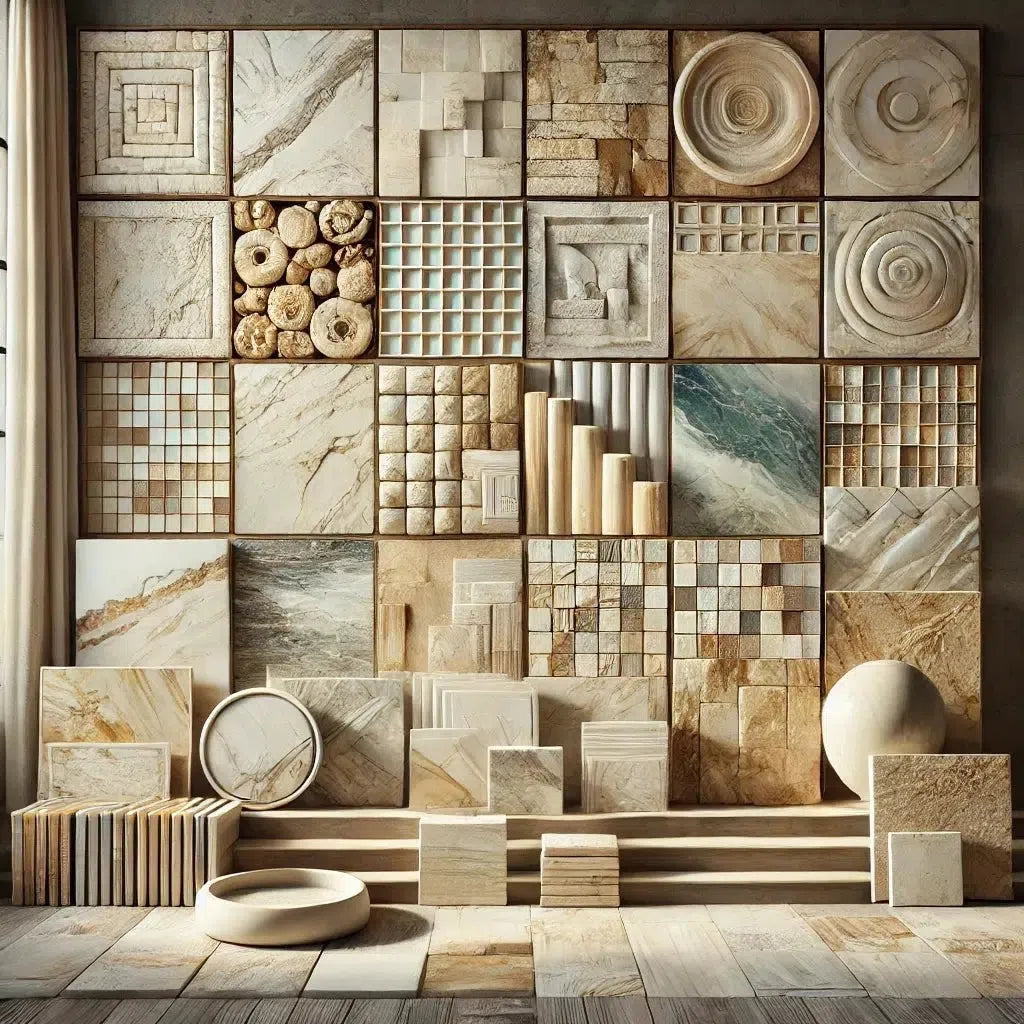 Best Selling Marble Collections
Best Selling Marble Collections
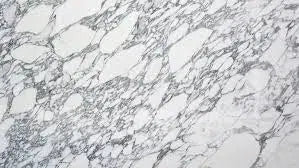 Arabescato Corchia
Arabescato Corchia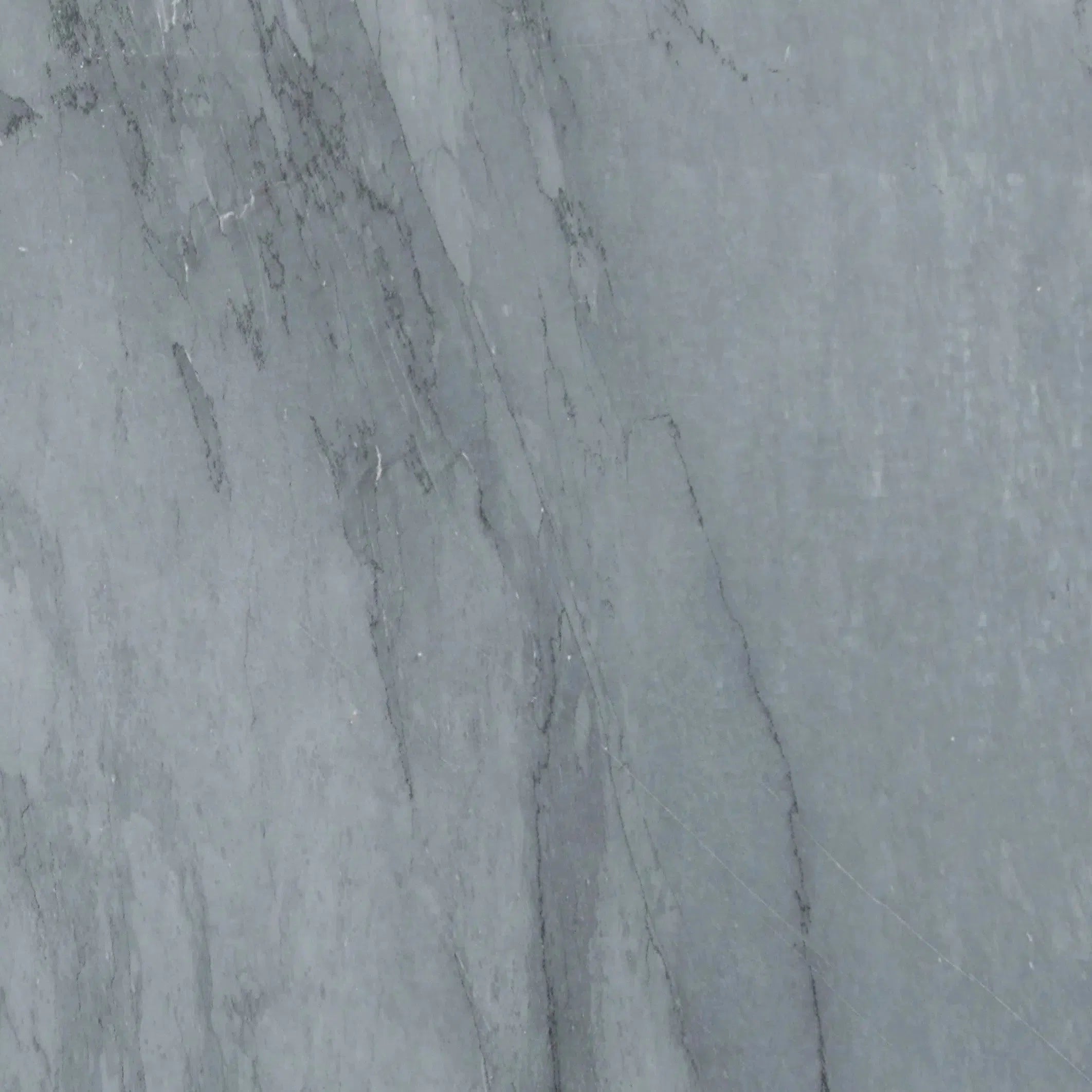 Bardiglio
Bardiglio Bianco Dolomite
Bianco Dolomite  Carrara White
Carrara White 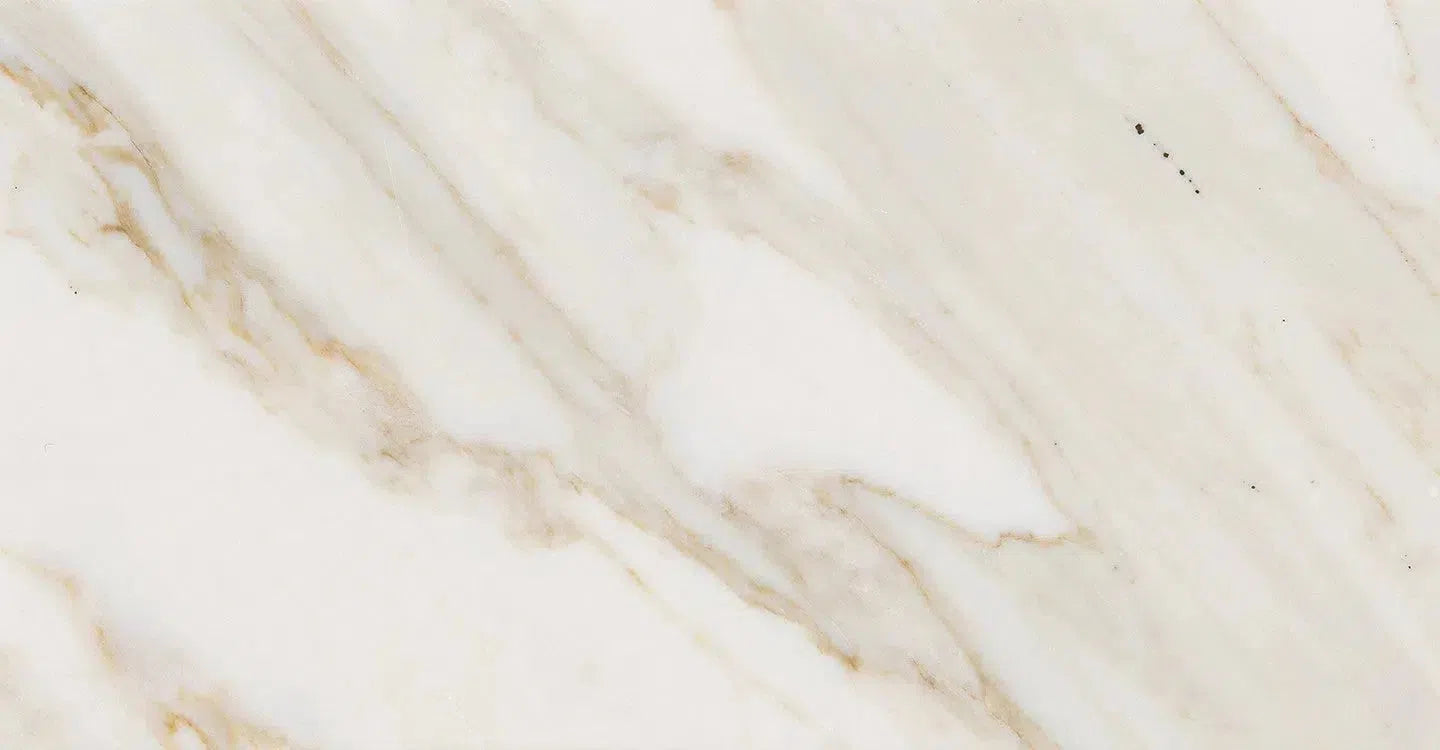 Calacatta Gold
Calacatta Gold Crema Marfil
Crema Marfil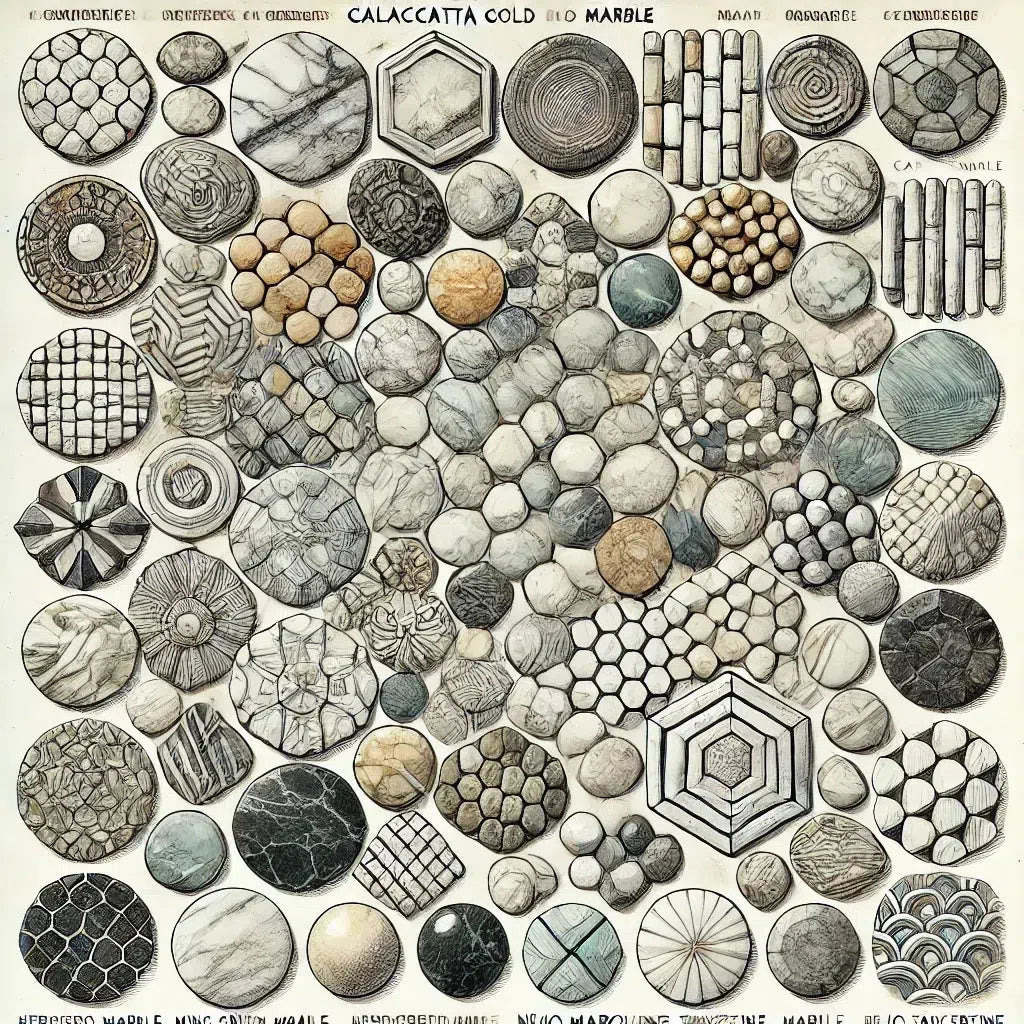 Custom Made Mosaic
Custom Made Mosaic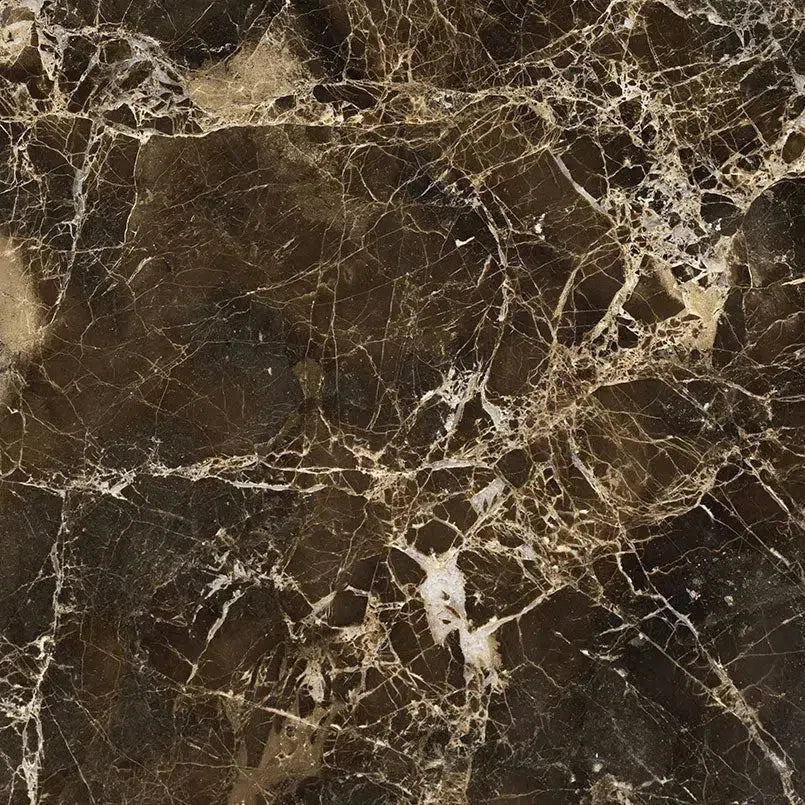 Emperador Dark
Emperador Dark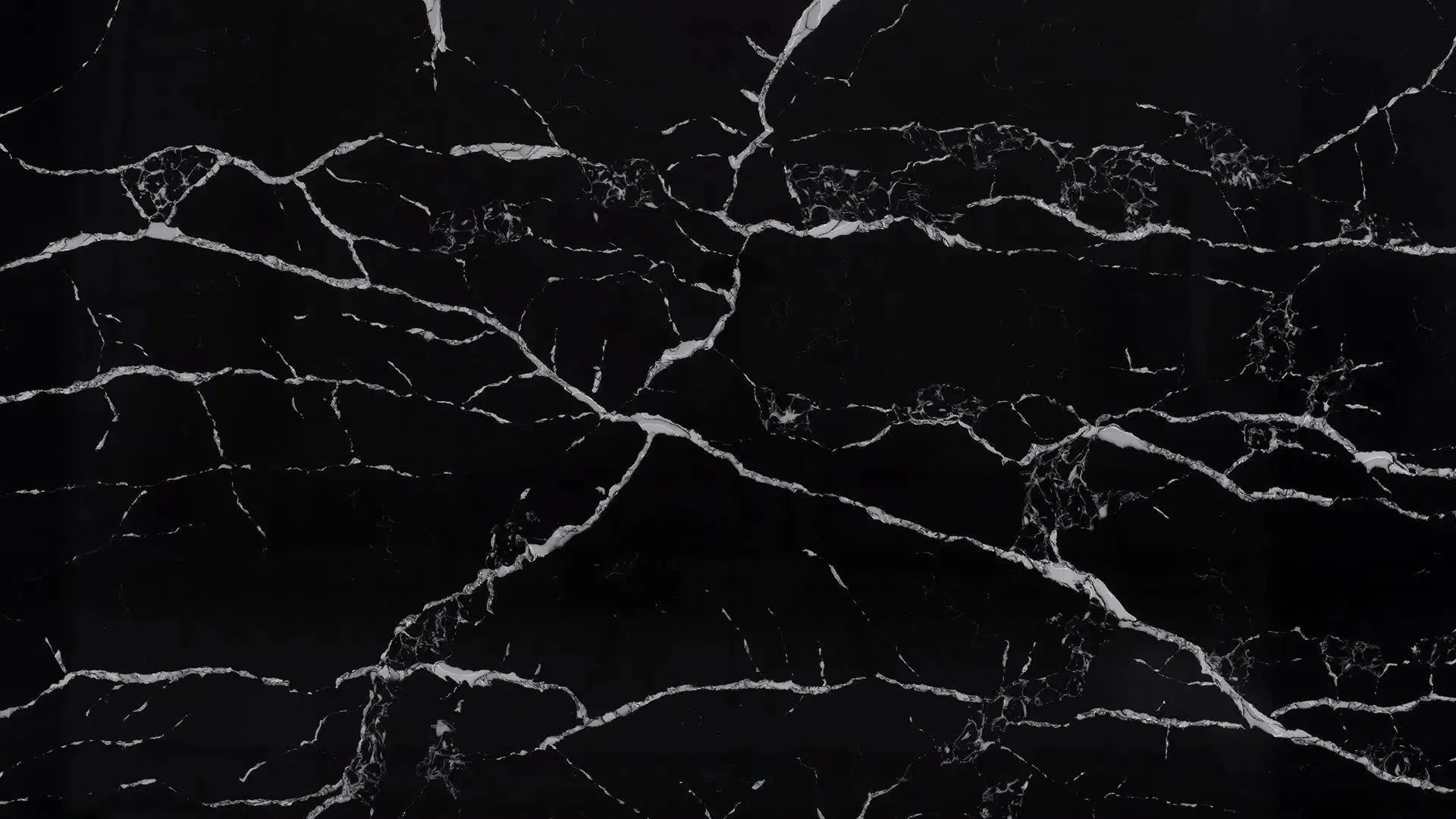 Nero Marquina
Nero Marquina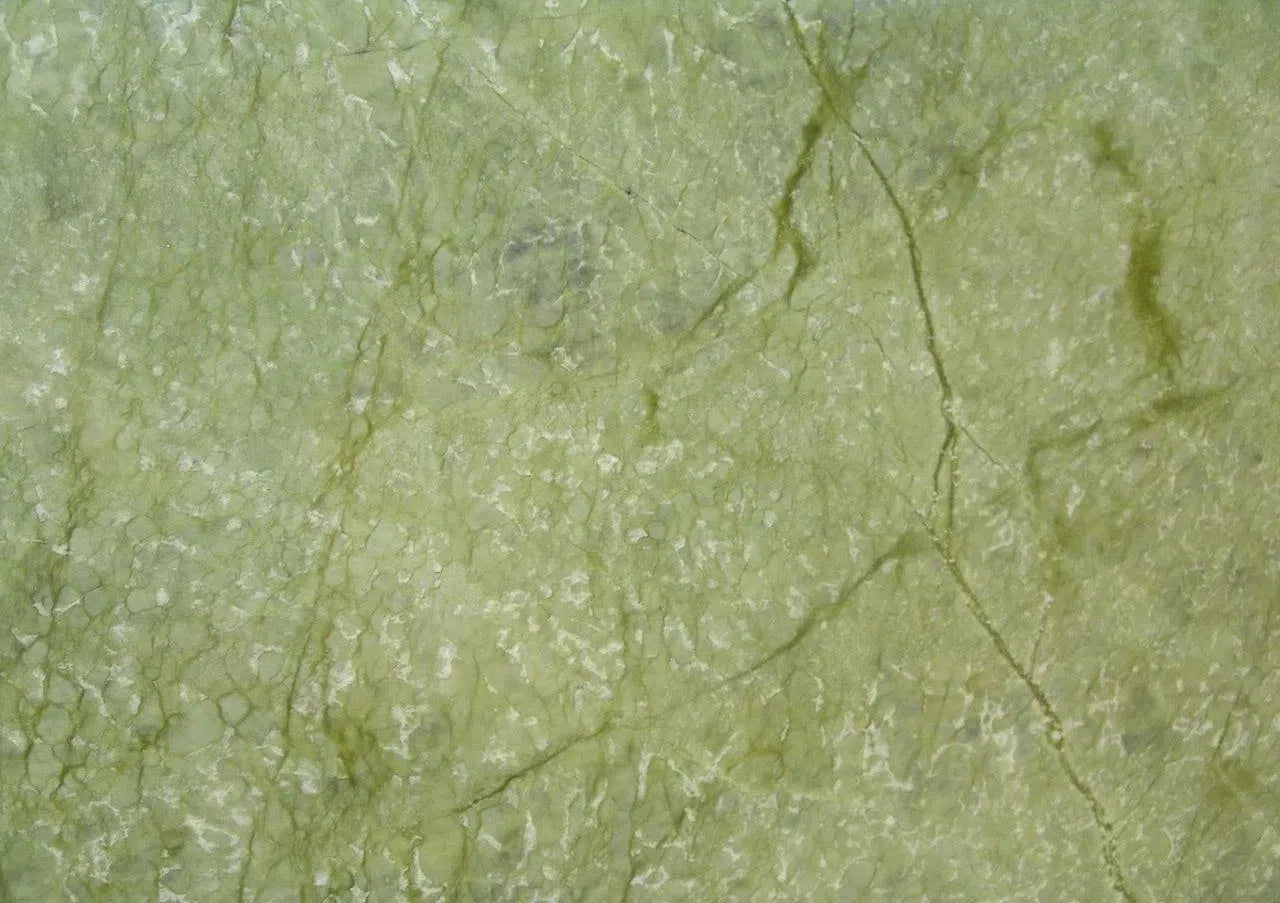 Ming Green Marble
Ming Green Marble Oriental White Marble (Asian Statuary Marble)
Oriental White Marble (Asian Statuary Marble)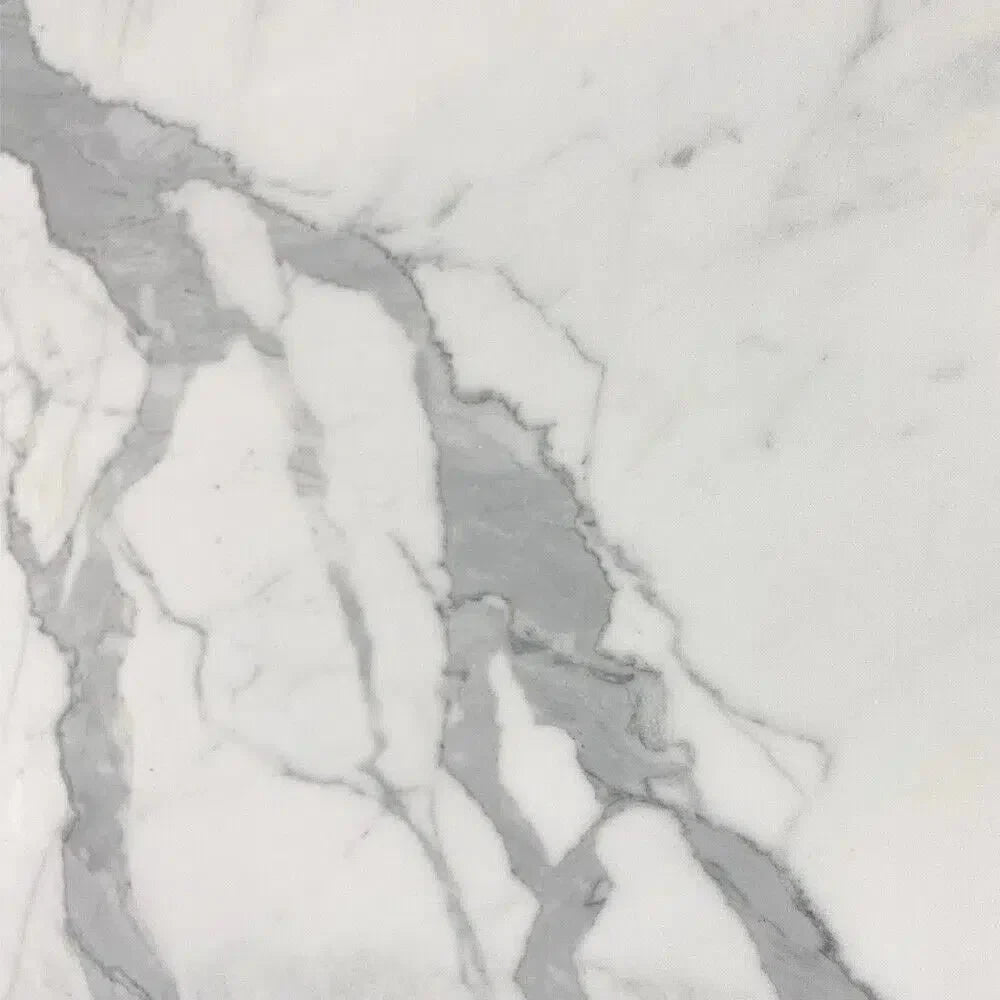 Statuary - Statuario White (Italian) Marble
Statuary - Statuario White (Italian) Marble Thassos White
Thassos White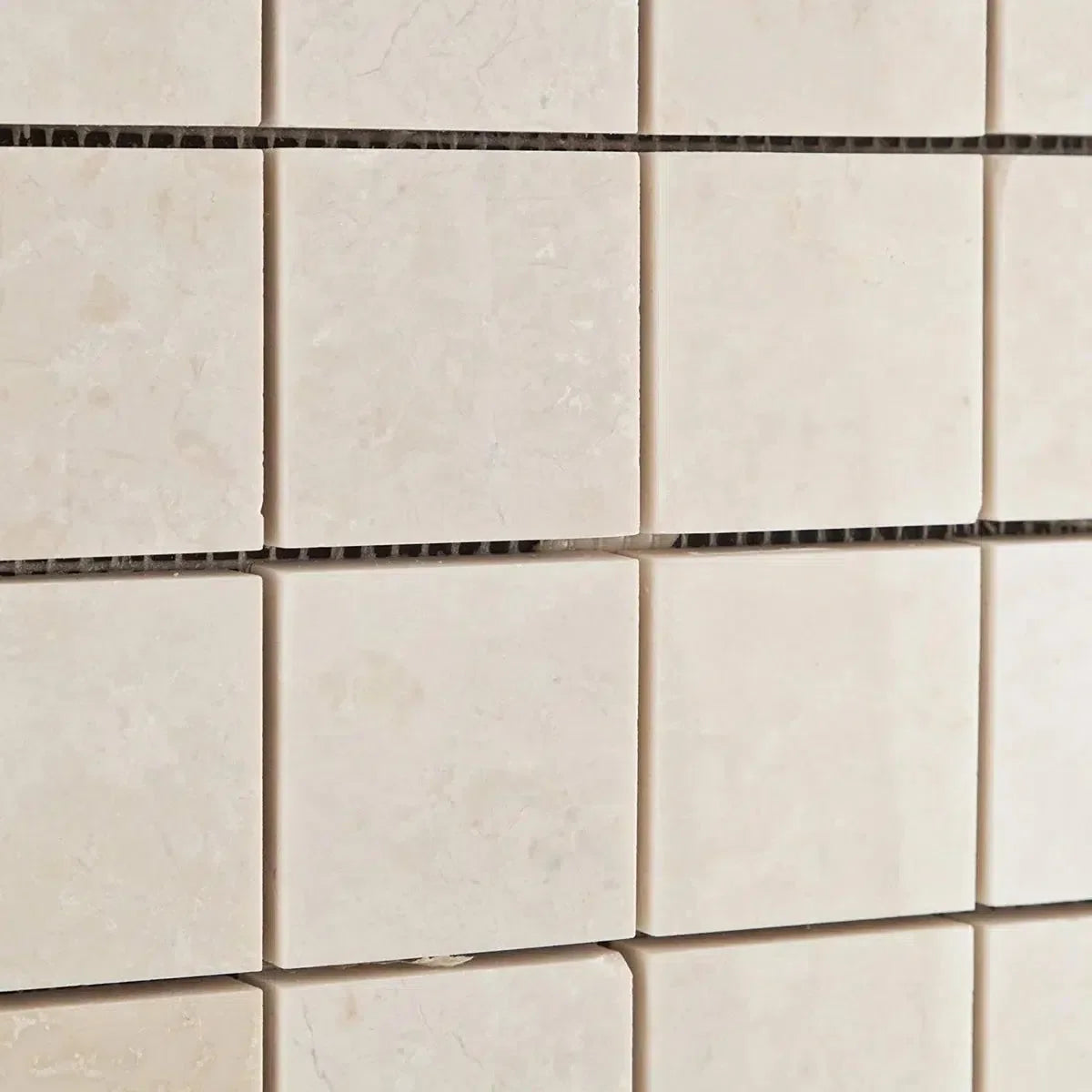 White Pearl/Botticino Beige Marble
White Pearl/Botticino Beige Marble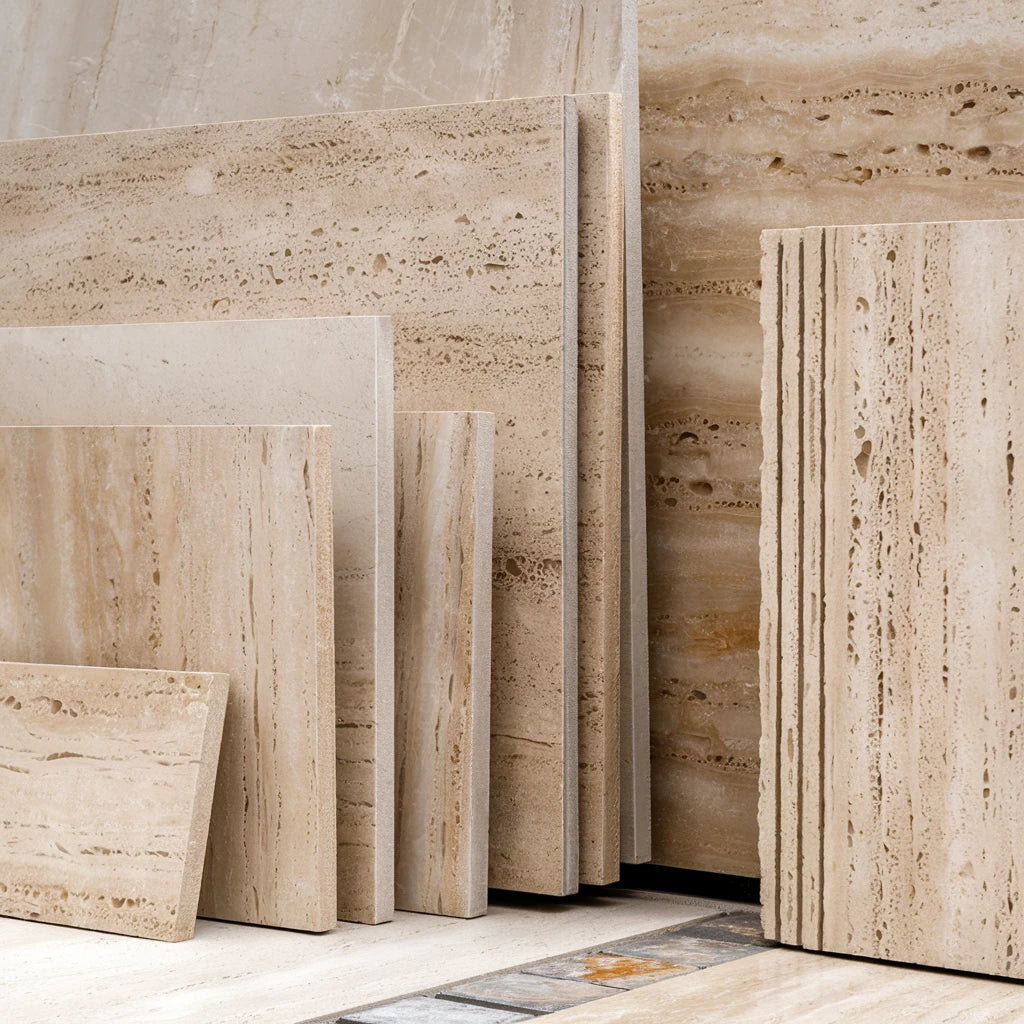 Best Selling Travertine Collections
Best Selling Travertine Collections
 Ivory Travertine
Ivory Travertine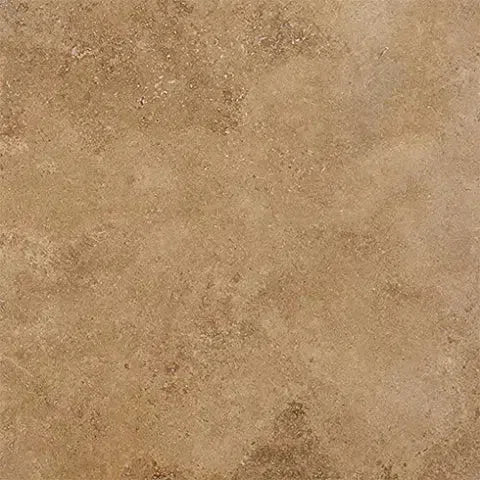 Noce Travertine
Noce Travertine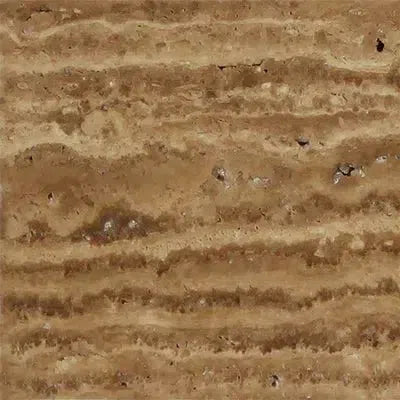 Exotic Noce Travertine
Exotic Noce Travertine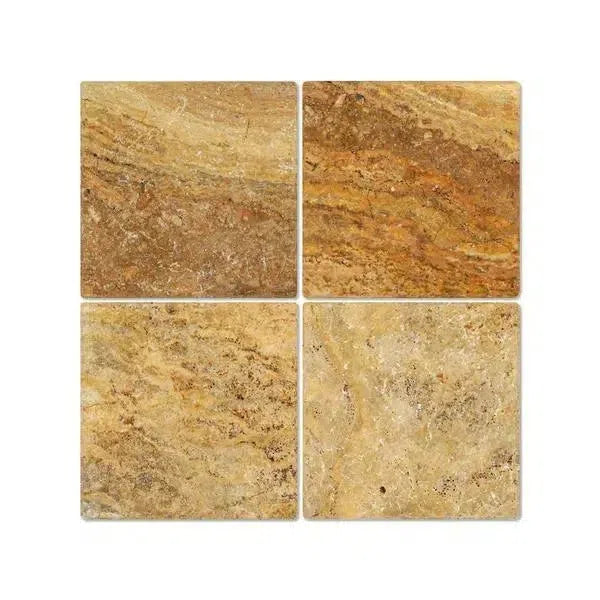 Scabos | Autumn Leaves Travertine
Scabos | Autumn Leaves Travertine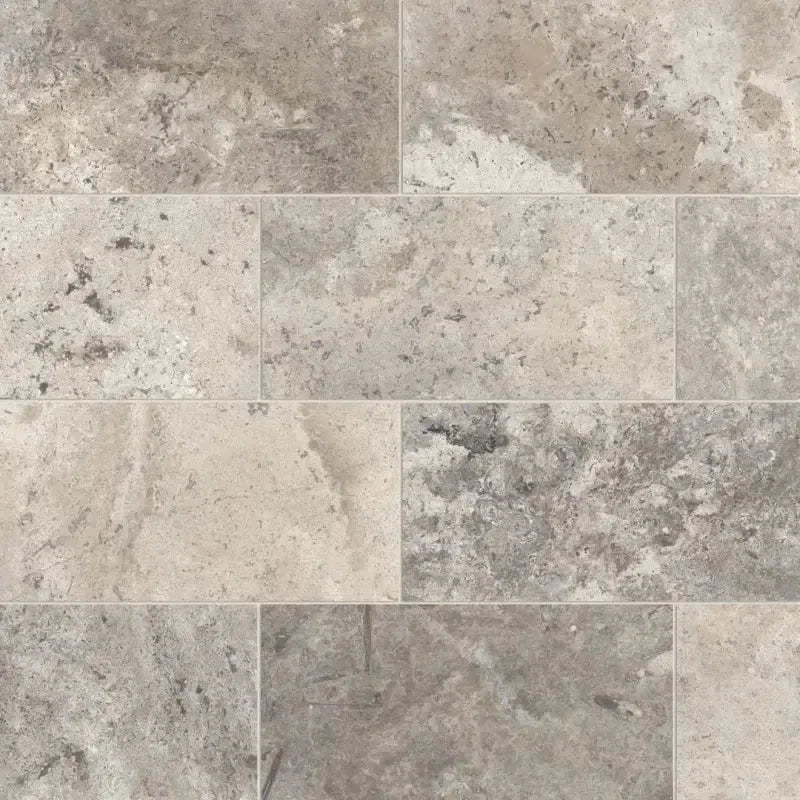 Silver Travertine
Silver Travertine Exotic Travertine
Exotic Travertine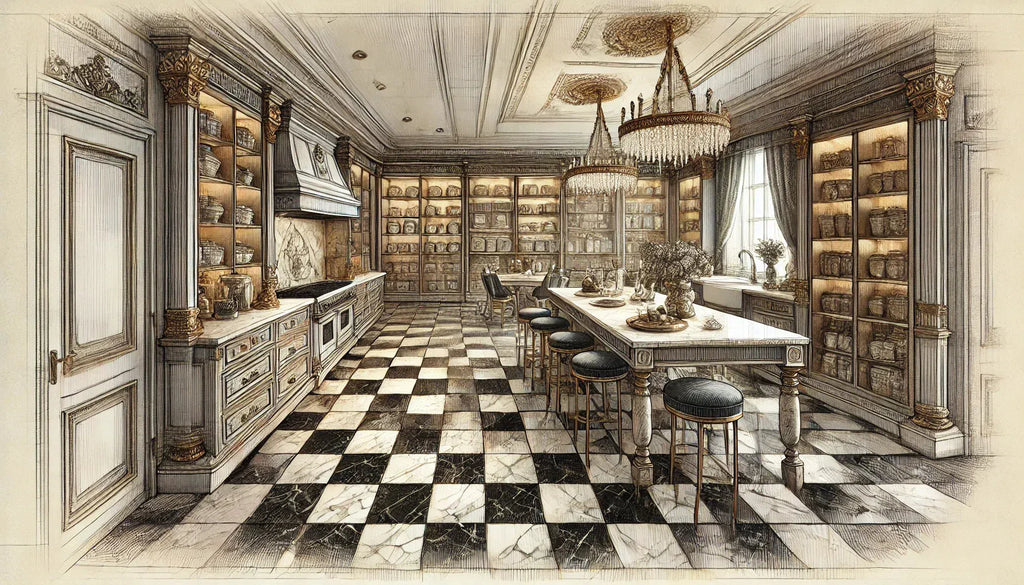 Checkerboard
Checkerboard
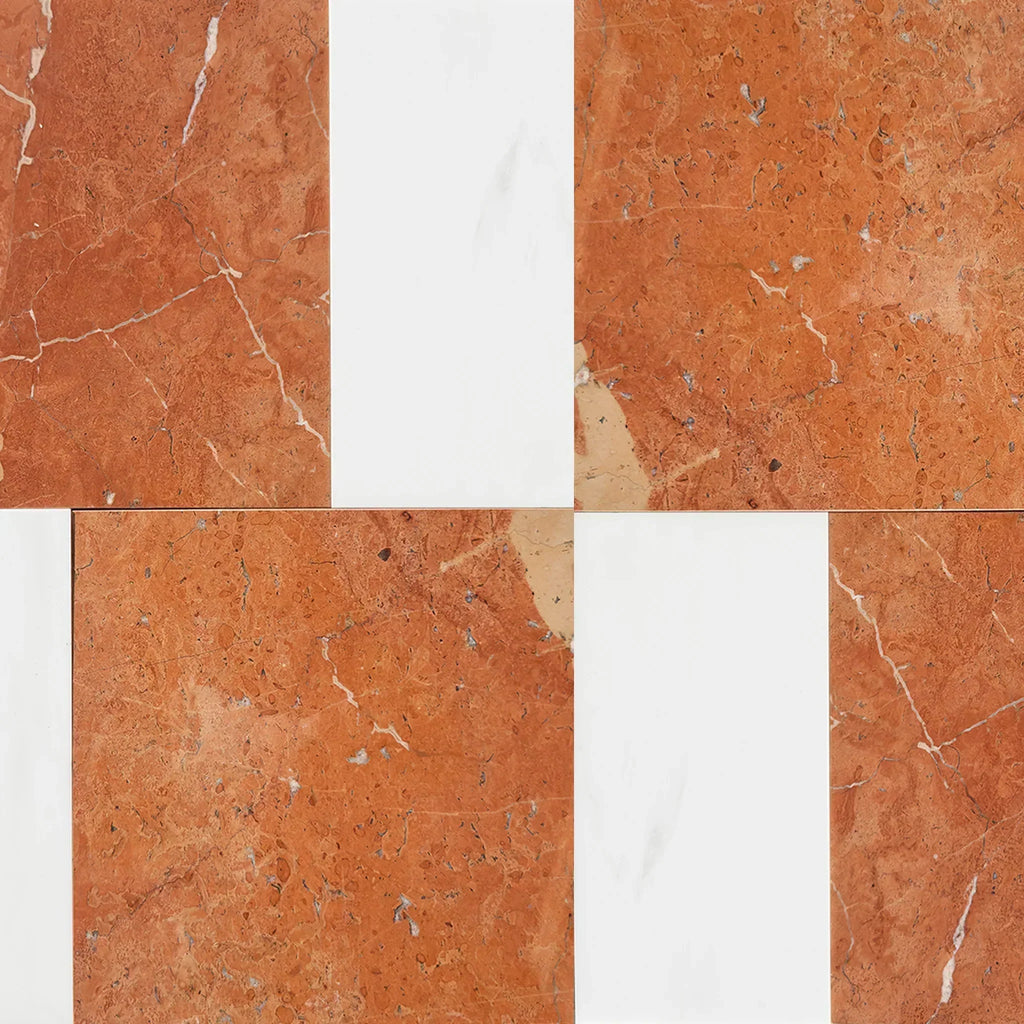 Patterned Tile
Patterned Tile
 Shop By Material
Shop By Material
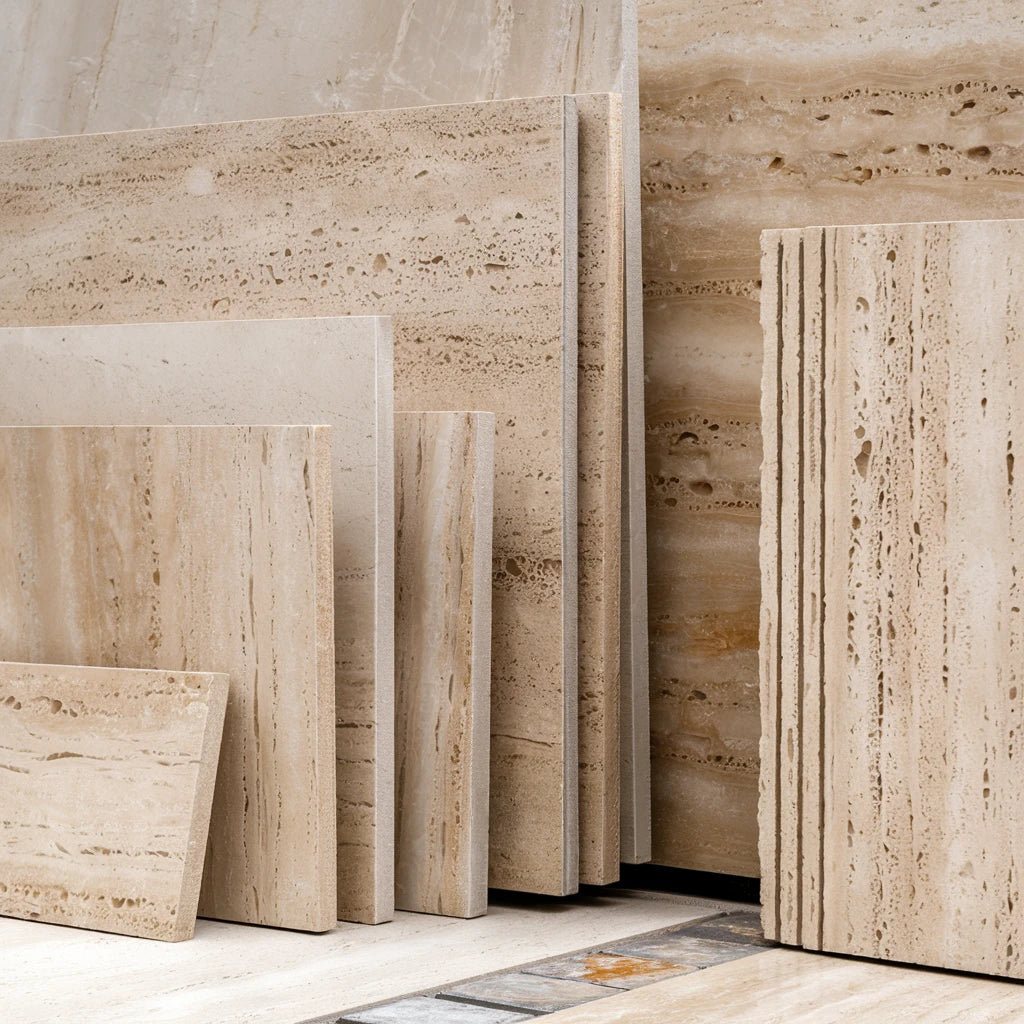 Travertine
Travertine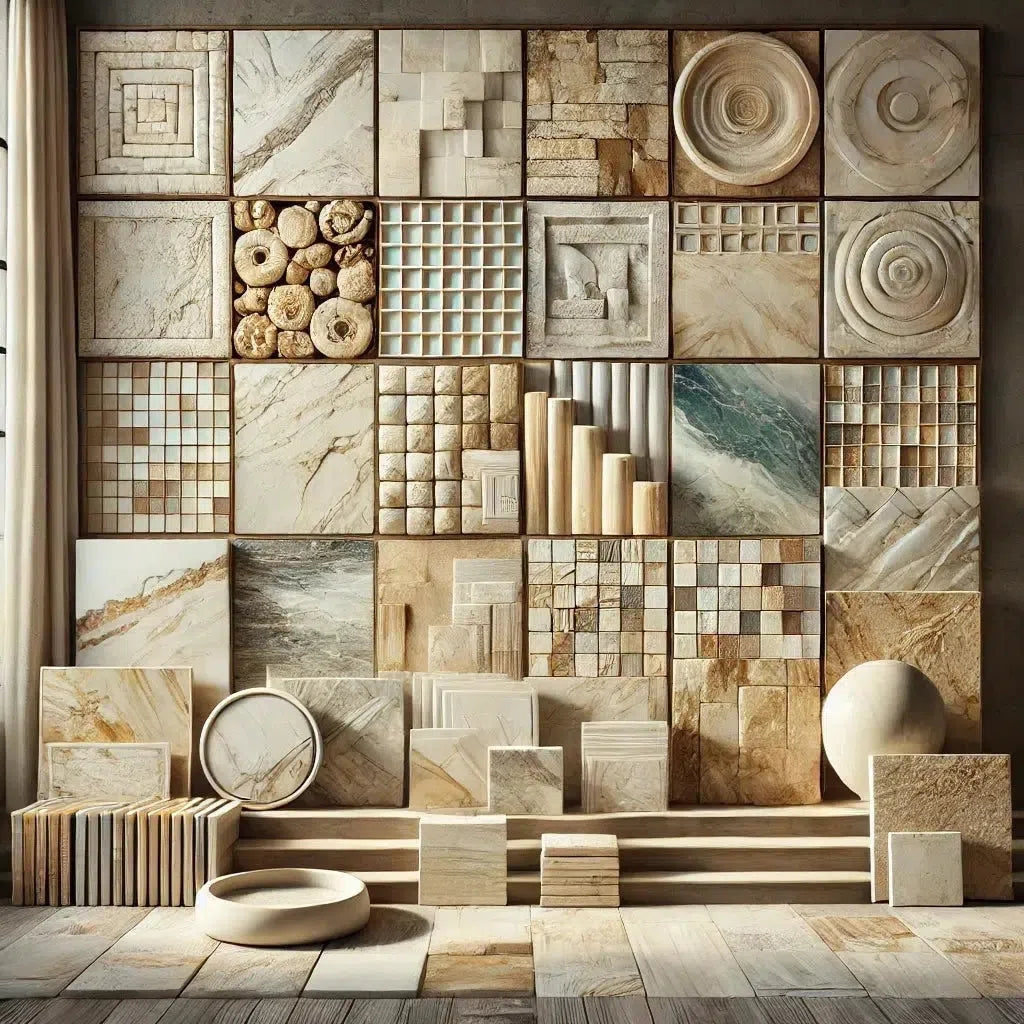 Marble
Marble Limestone
Limestone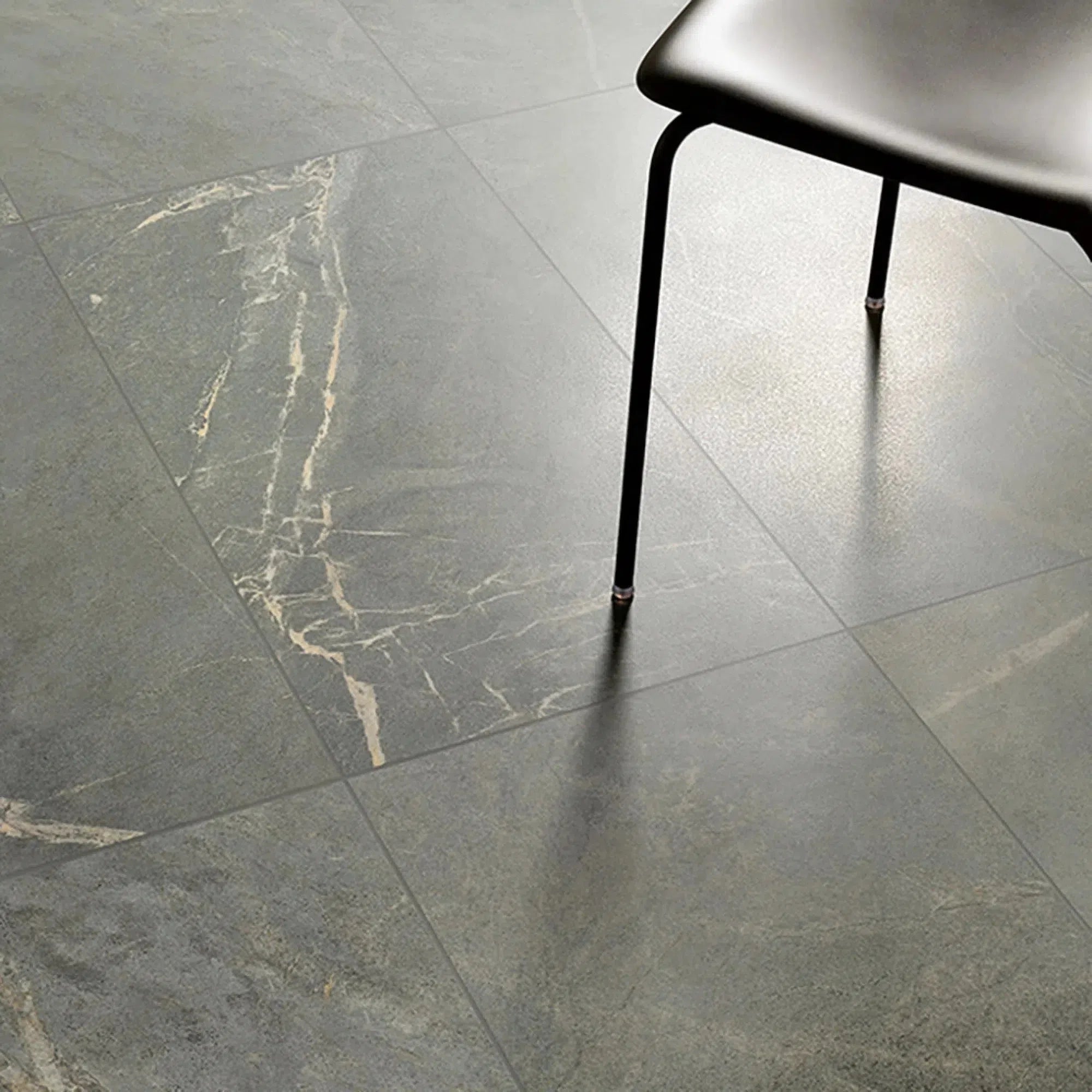 Soap Stone
Soap Stone Quartz
Quartz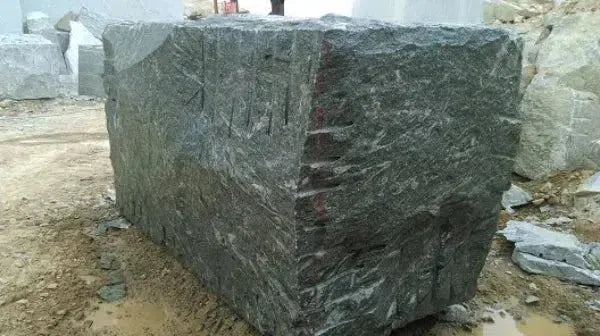 Granite
Granite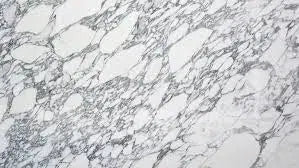 Shop By Name
Shop By Name
 Absolute Black Granite
Absolute Black Granite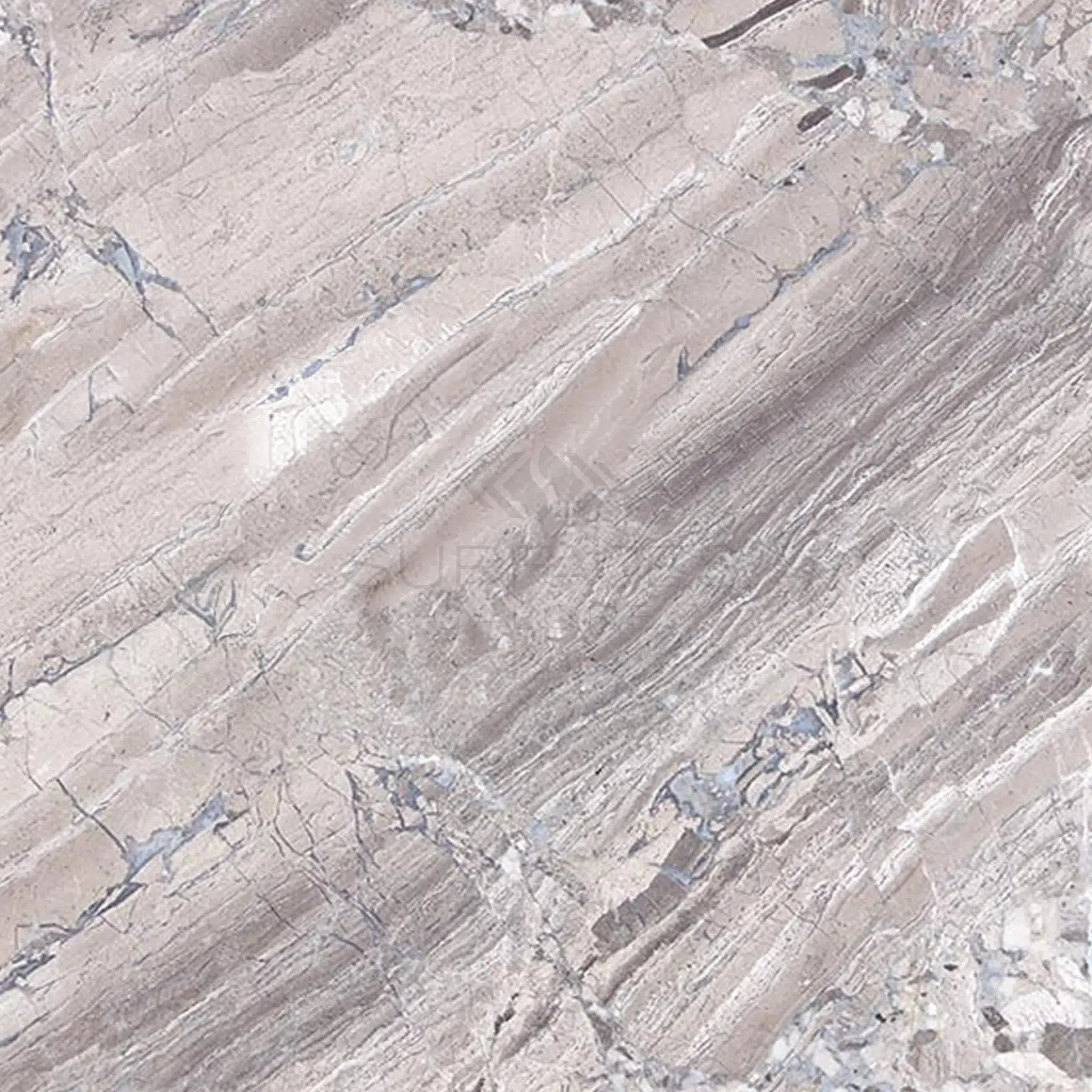 Atlantic Gray Marble
Atlantic Gray Marble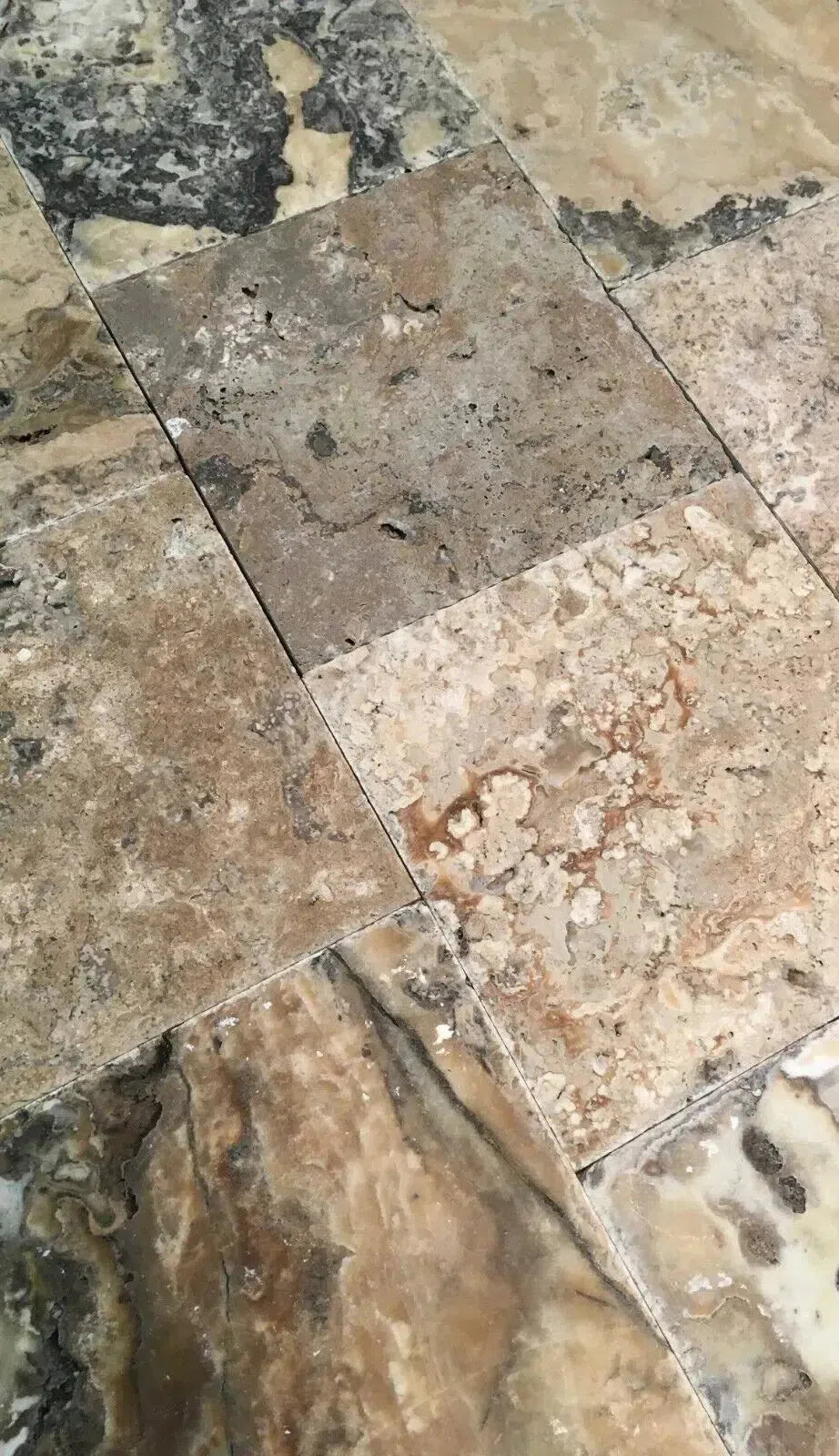 Antico Onyx Travertine
Antico Onyx Travertine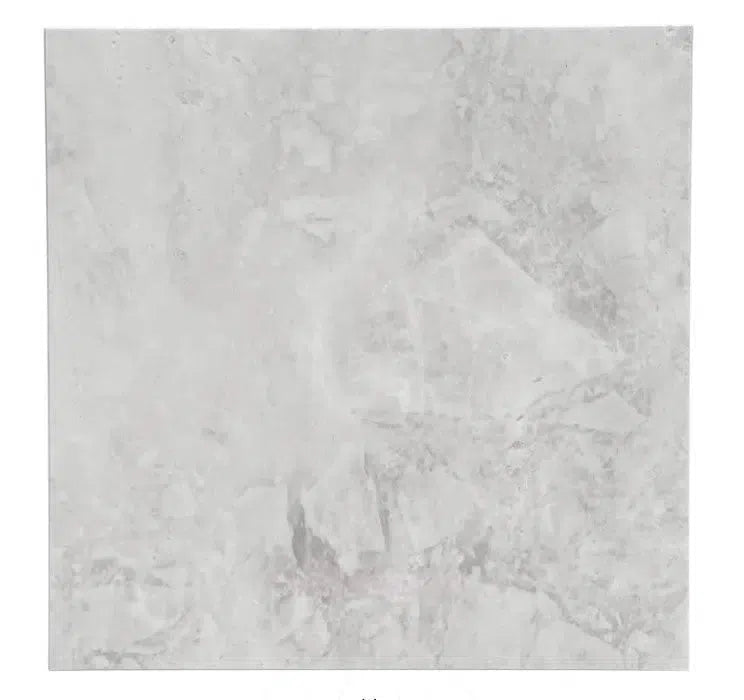 Bianco Congelato Dolomite
Bianco Congelato Dolomite Bianco Venatino (Bianco Mare) Marble
Bianco Venatino (Bianco Mare) Marble Burgundy Mocha Marble
Burgundy Mocha Marble Calacatta Verde Royale Marble
Calacatta Verde Royale Marble Cappuccino Marble
Cappuccino Marble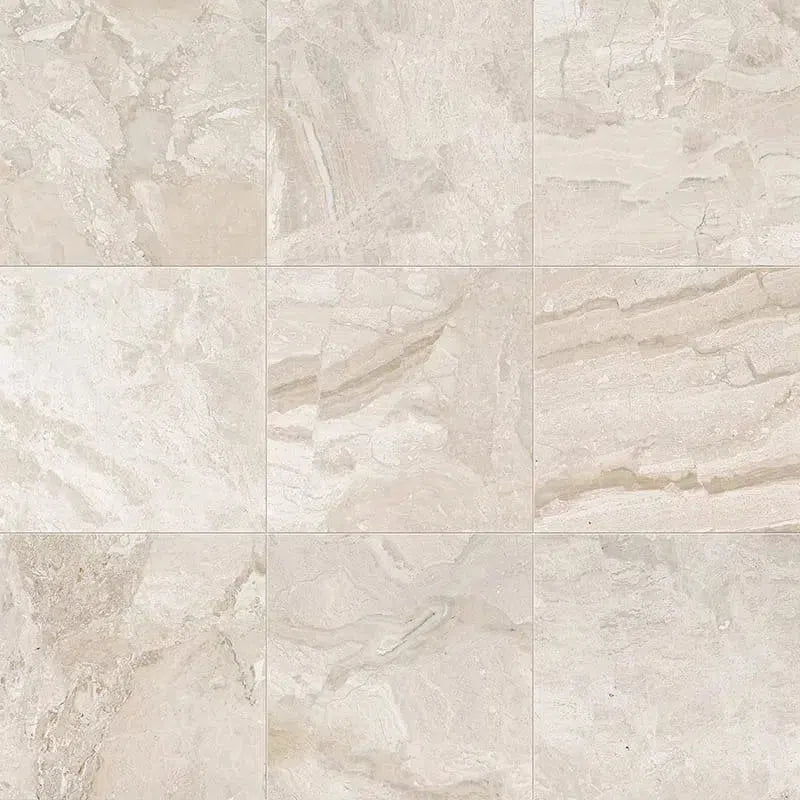 Diano Royal (Queen Beige) Marble
Diano Royal (Queen Beige) Marble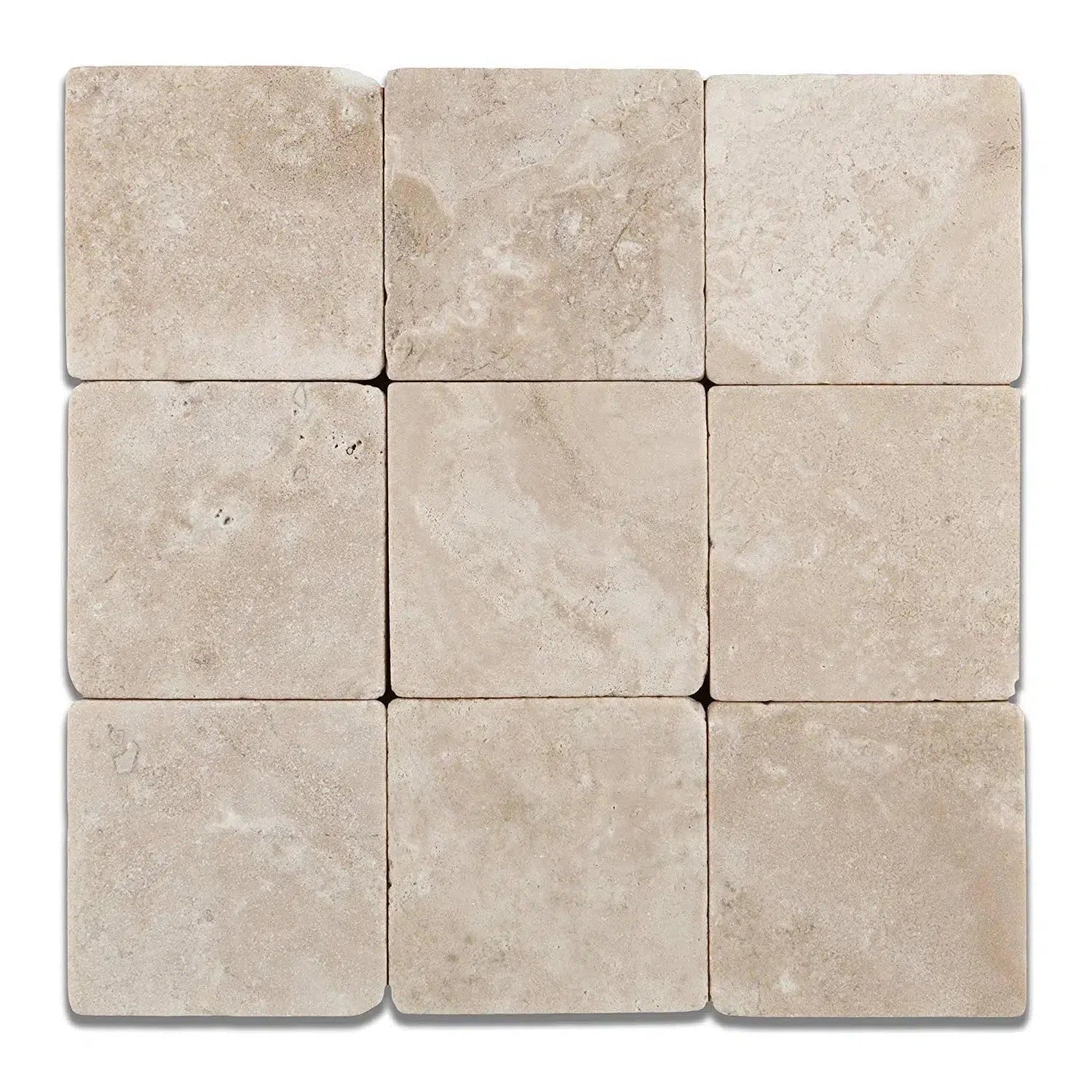 Durango Cream Traverine
Durango Cream Traverine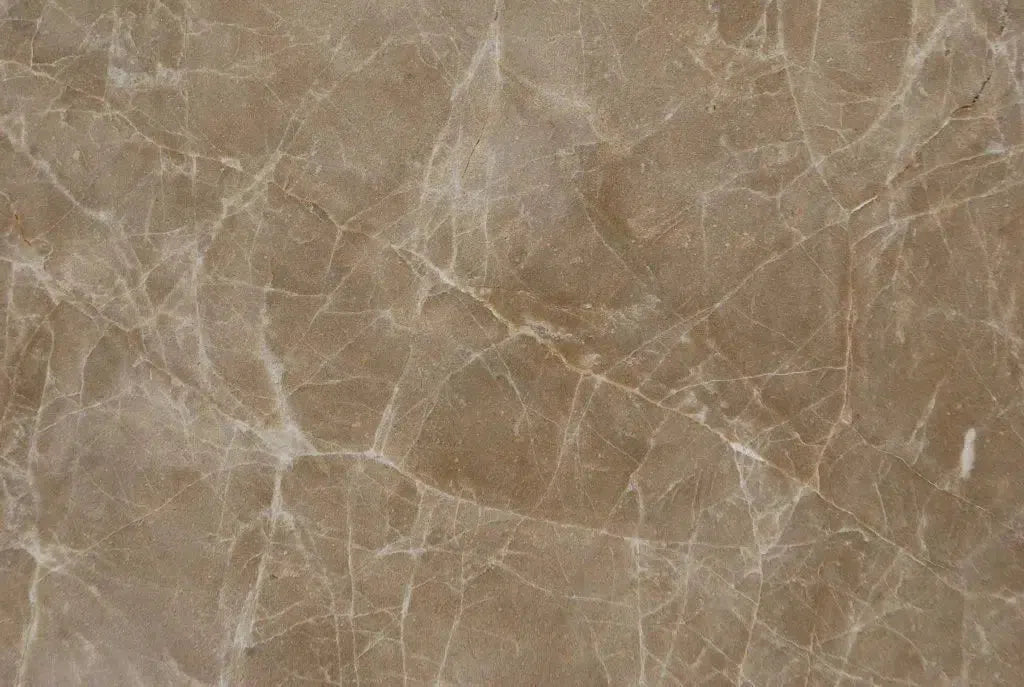 Emperador Light Marble
Emperador Light Marble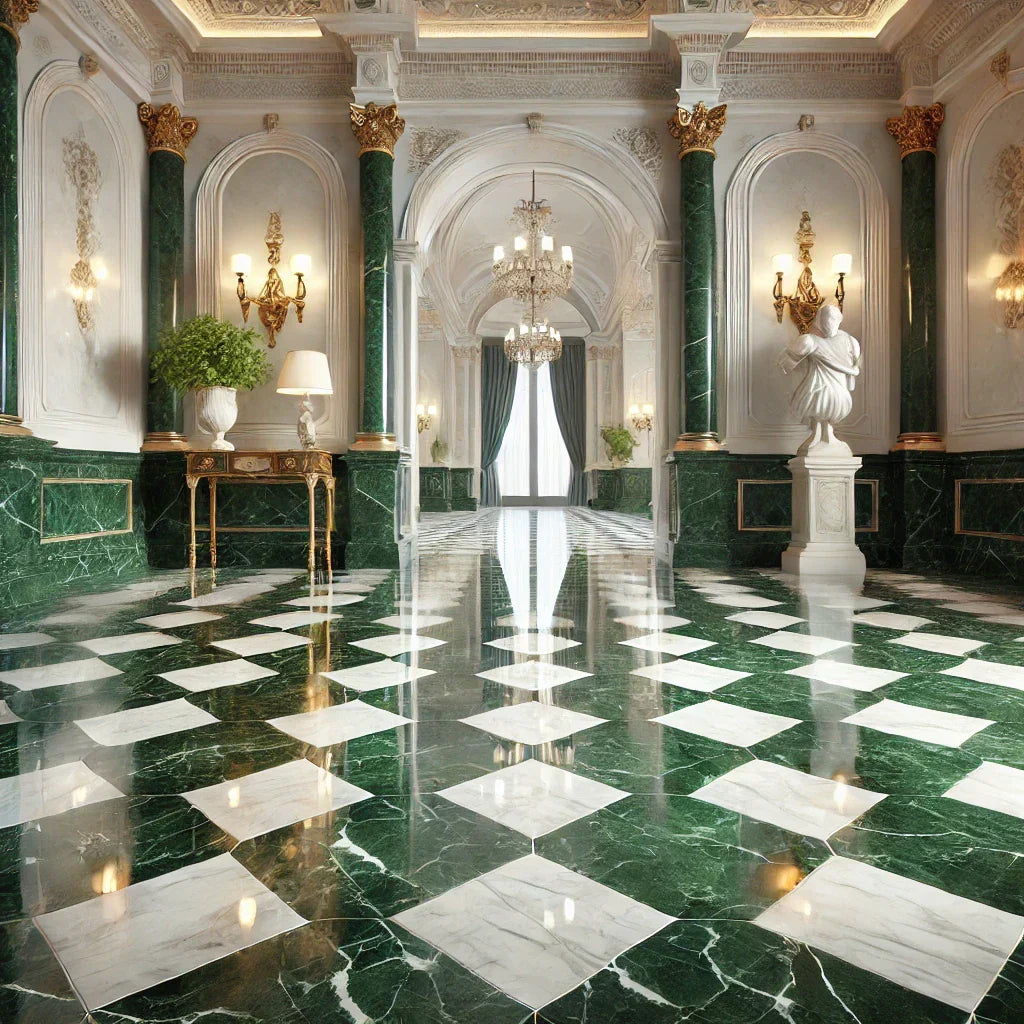 Empress Green Marble
Empress Green Marble Gold/Yellow Travertine
Gold/Yellow Travertine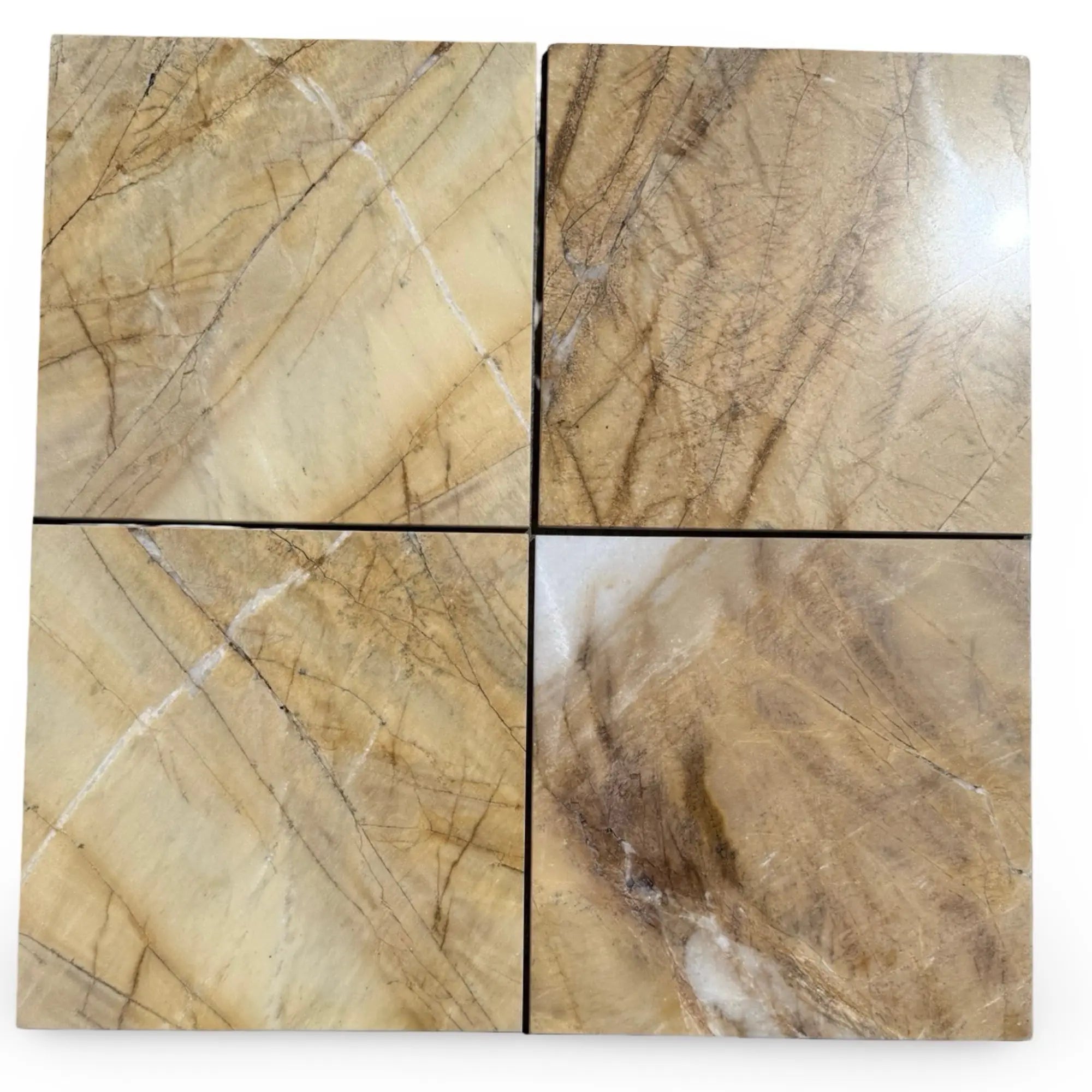 Golden Horizon Marble
Golden Horizon Marble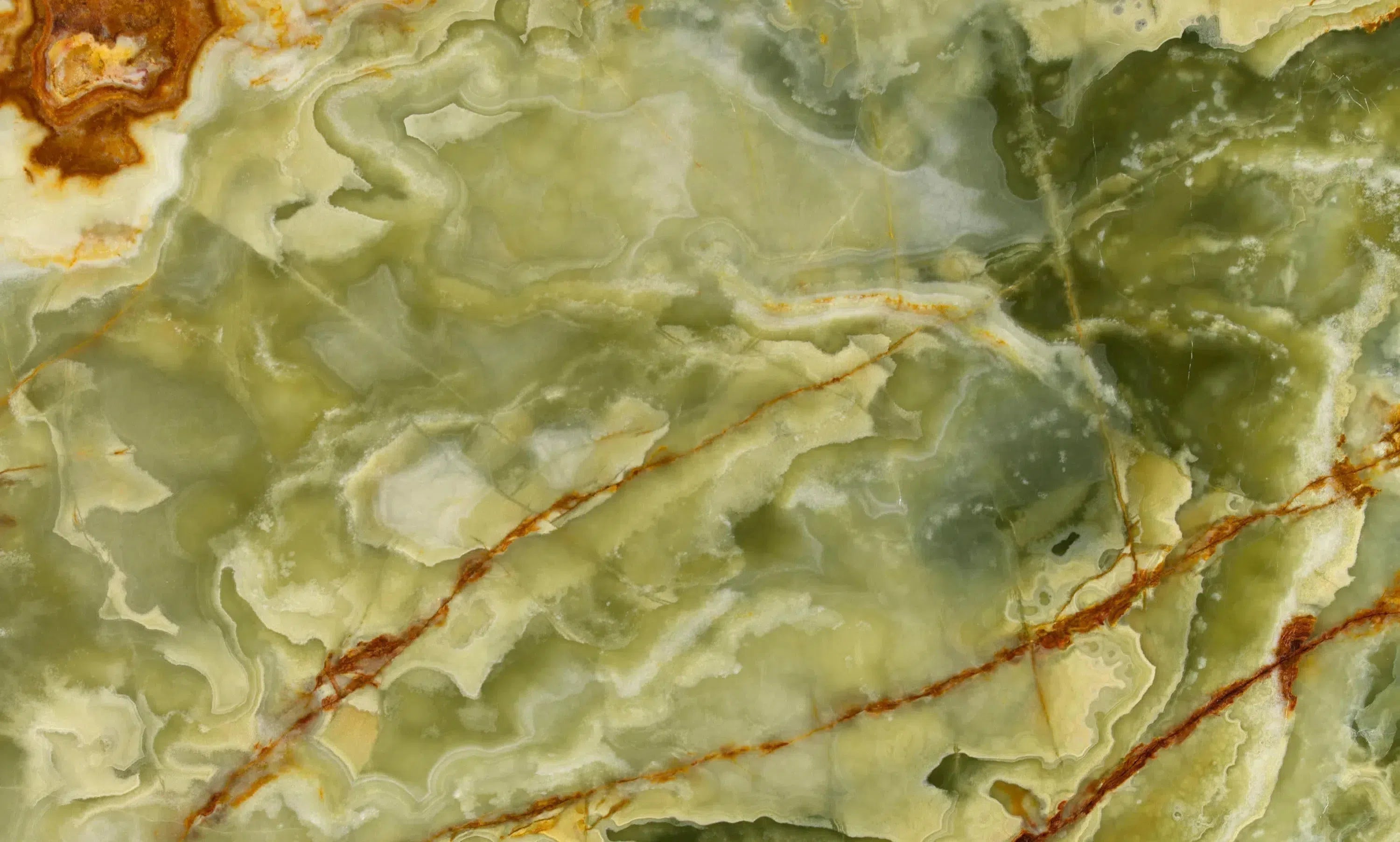 Green Onyx Marble
Green Onyx Marble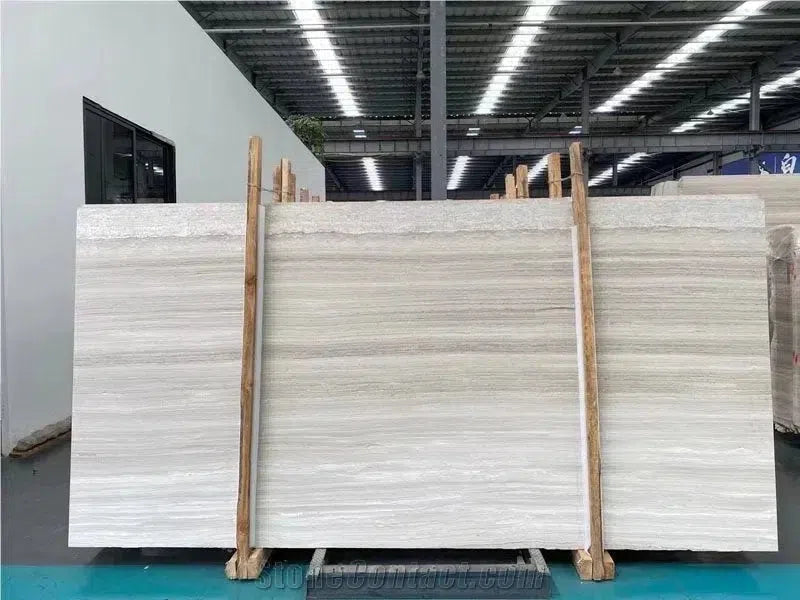 Haisa Light (White Wood) Limestone
Haisa Light (White Wood) Limestone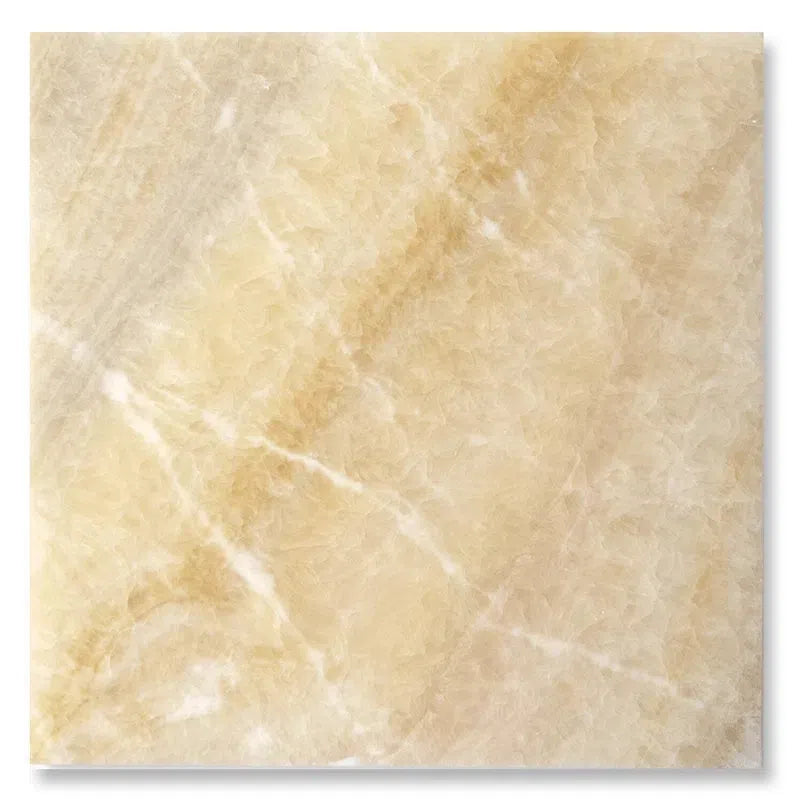 Honey Onyx Marble
Honey Onyx Marble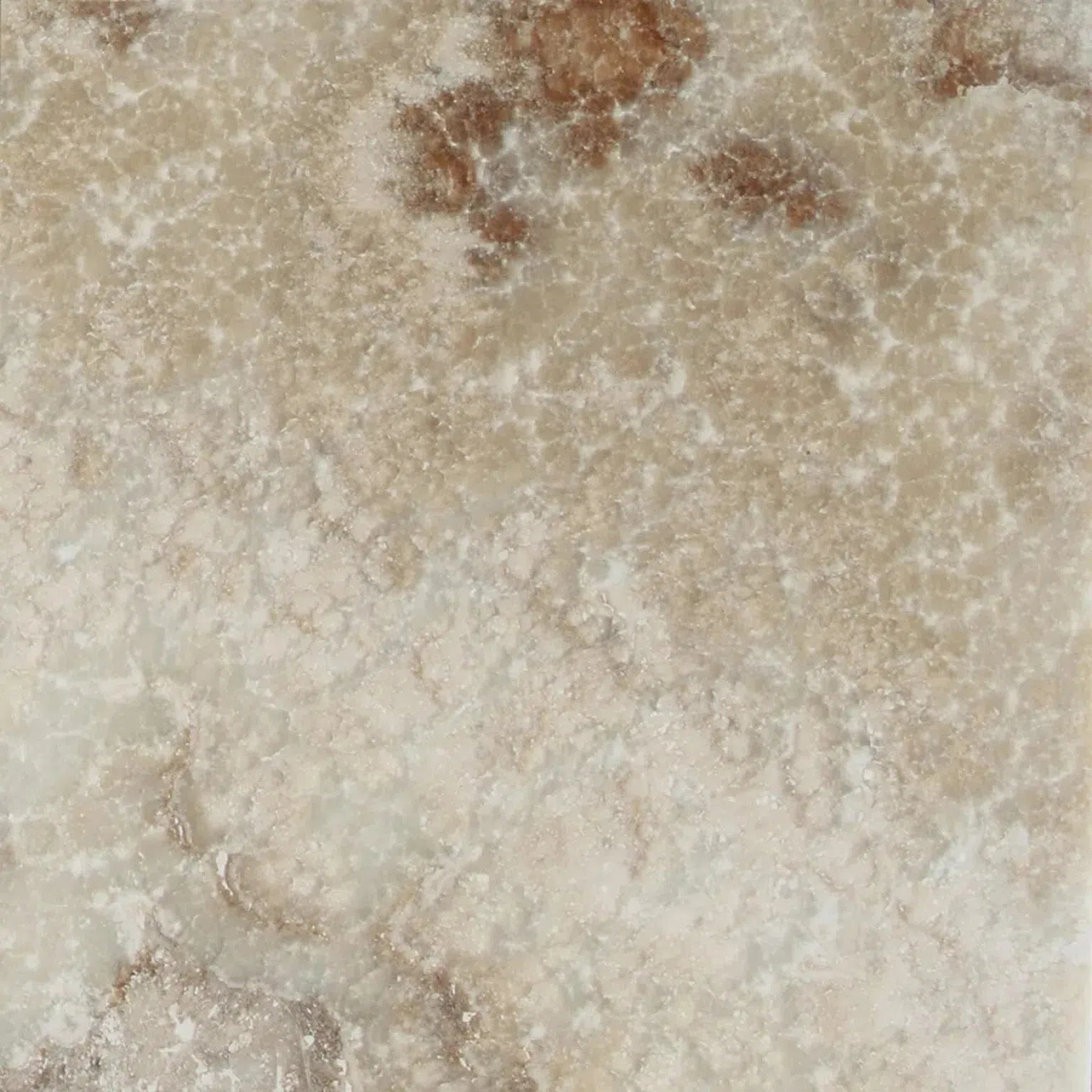 La Travonya Travertine
La Travonya Travertine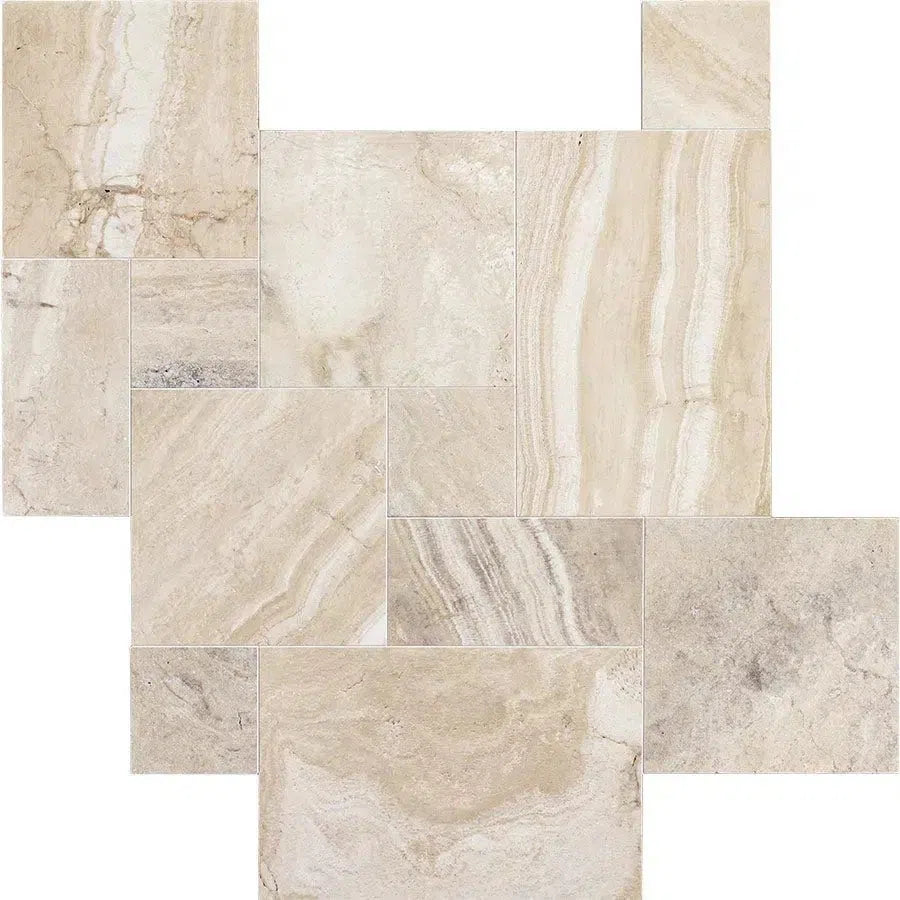 Malibu Travertine
Malibu Travertine Mink (Equator) Marble
Mink (Equator) Marble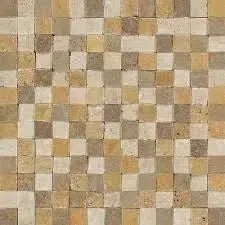 Mixed (Ivory-Noce-Gold) Travertine
Mixed (Ivory-Noce-Gold) Travertine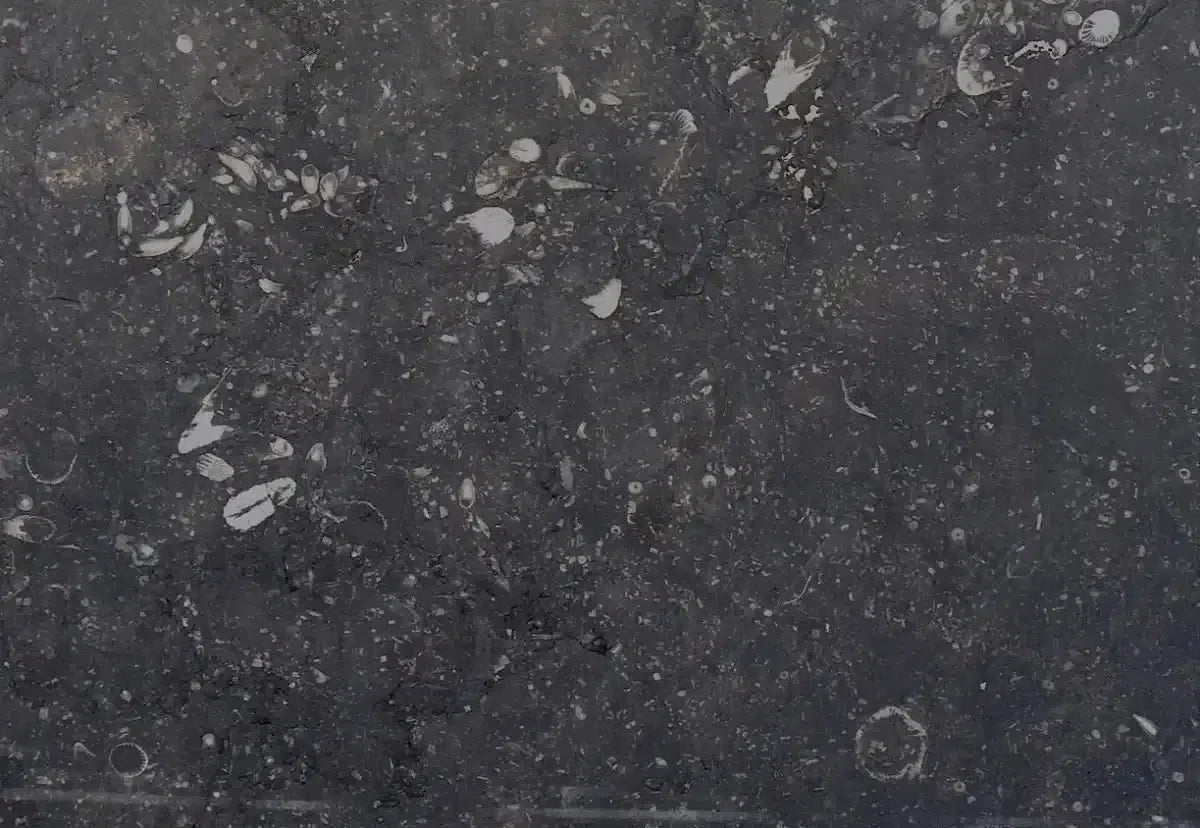 Pierre Bleue (Pierre Blue) Marble
Pierre Bleue (Pierre Blue) Marble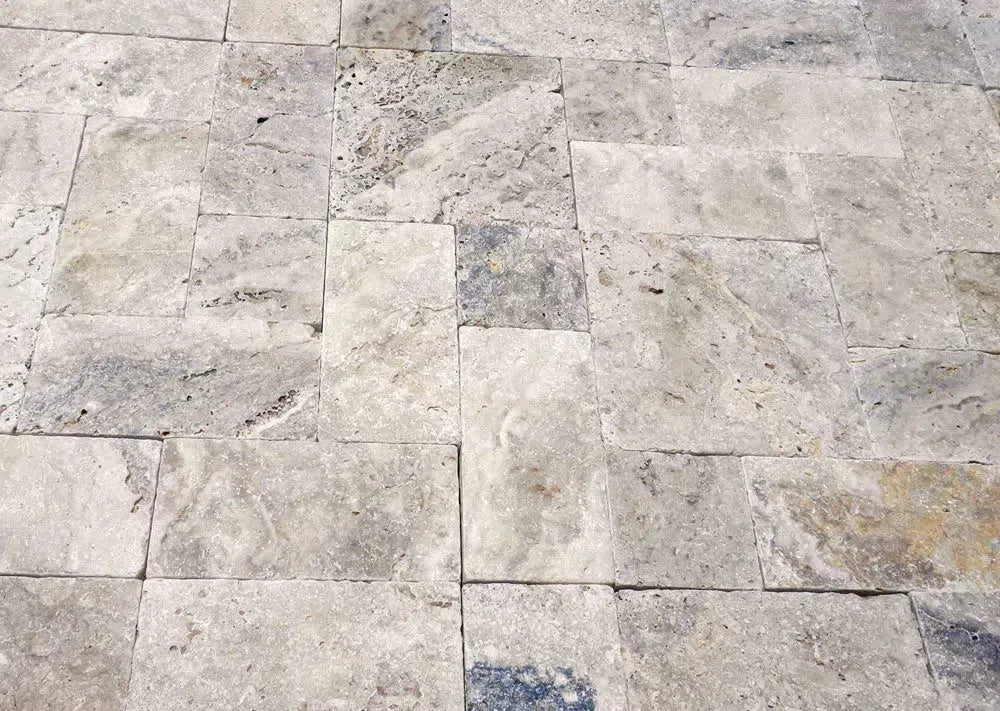 Philadelphia Travertine
Philadelphia Travertine Rosé Aurora Marble
Rosé Aurora Marble Rosetta Storm Marble
Rosetta Storm Marble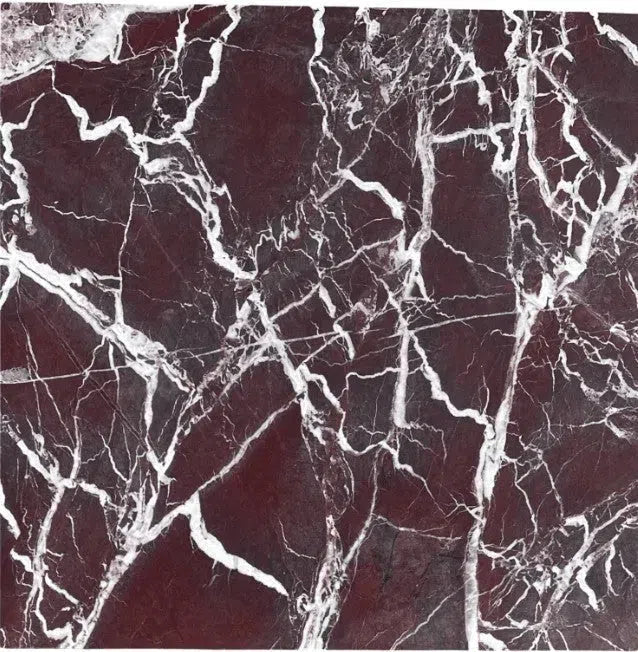 Rosso Levanto Marble
Rosso Levanto Marble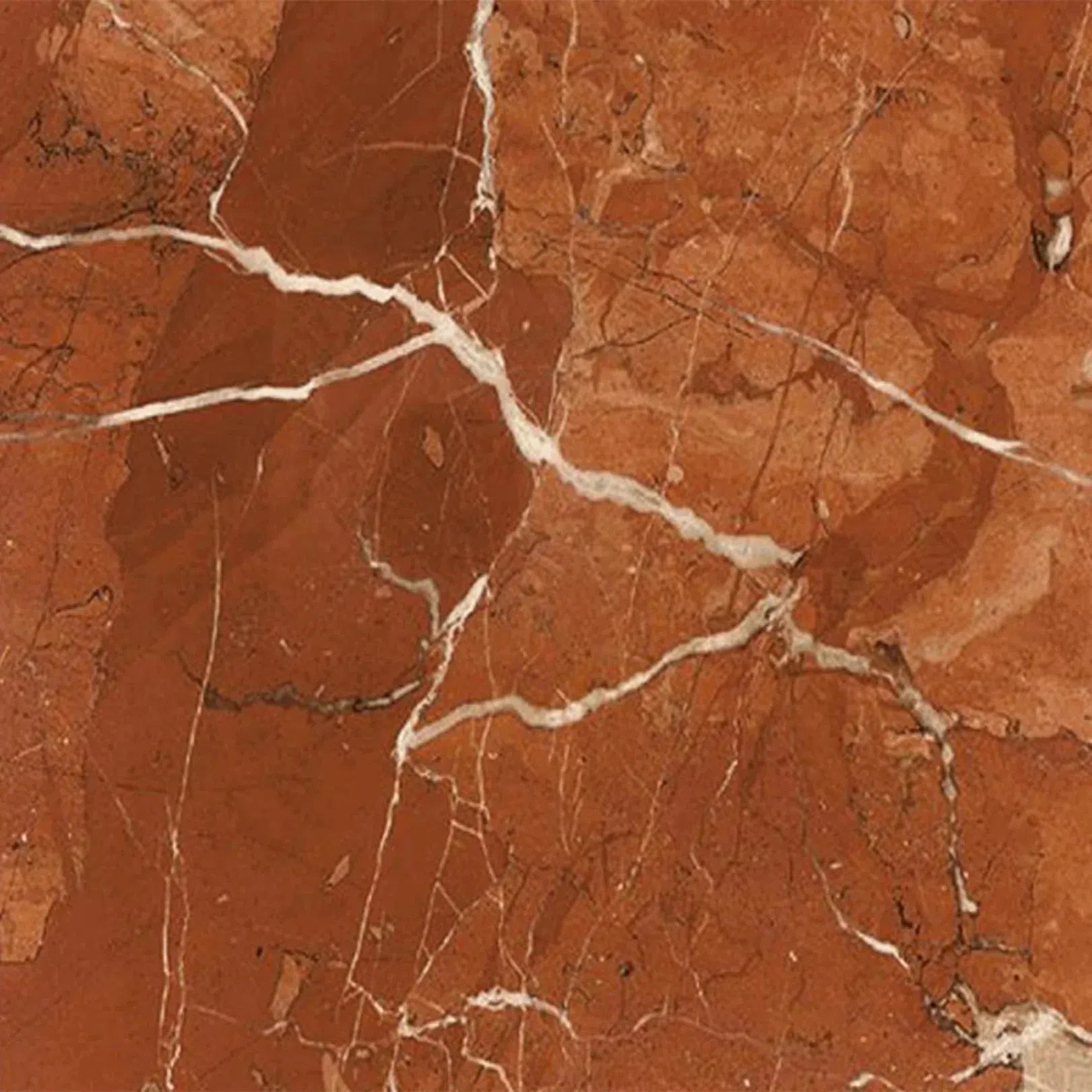 Rojo Alicante Marble
Rojo Alicante Marble Sahara Ember Marble
Sahara Ember Marble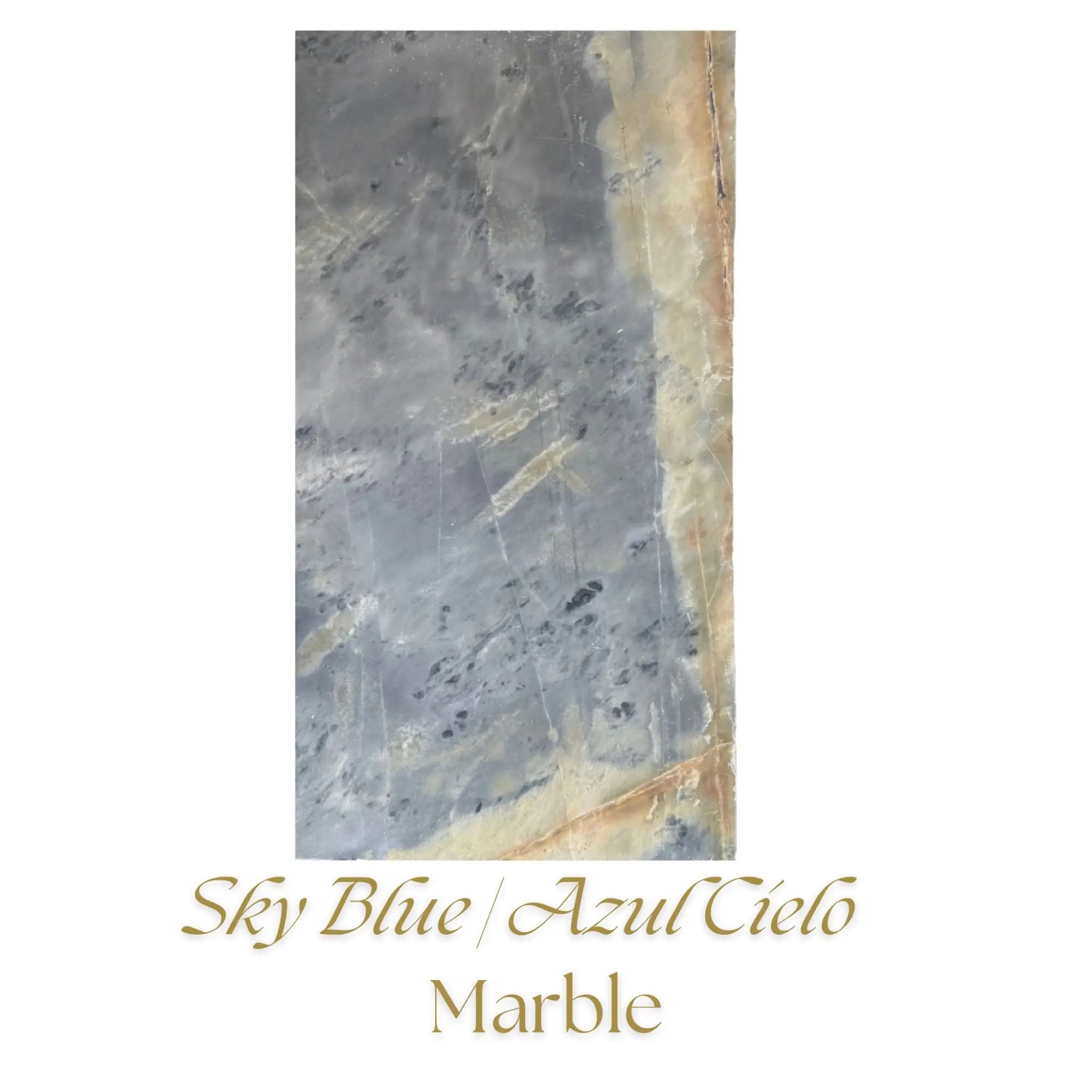 Sky Blue | Azul Cielo Marble
Sky Blue | Azul Cielo Marble Snow White (Afyon White) Marble
Snow White (Afyon White) Marble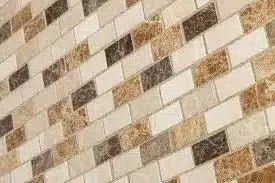 Spanish Mix Marble
Spanish Mix Marble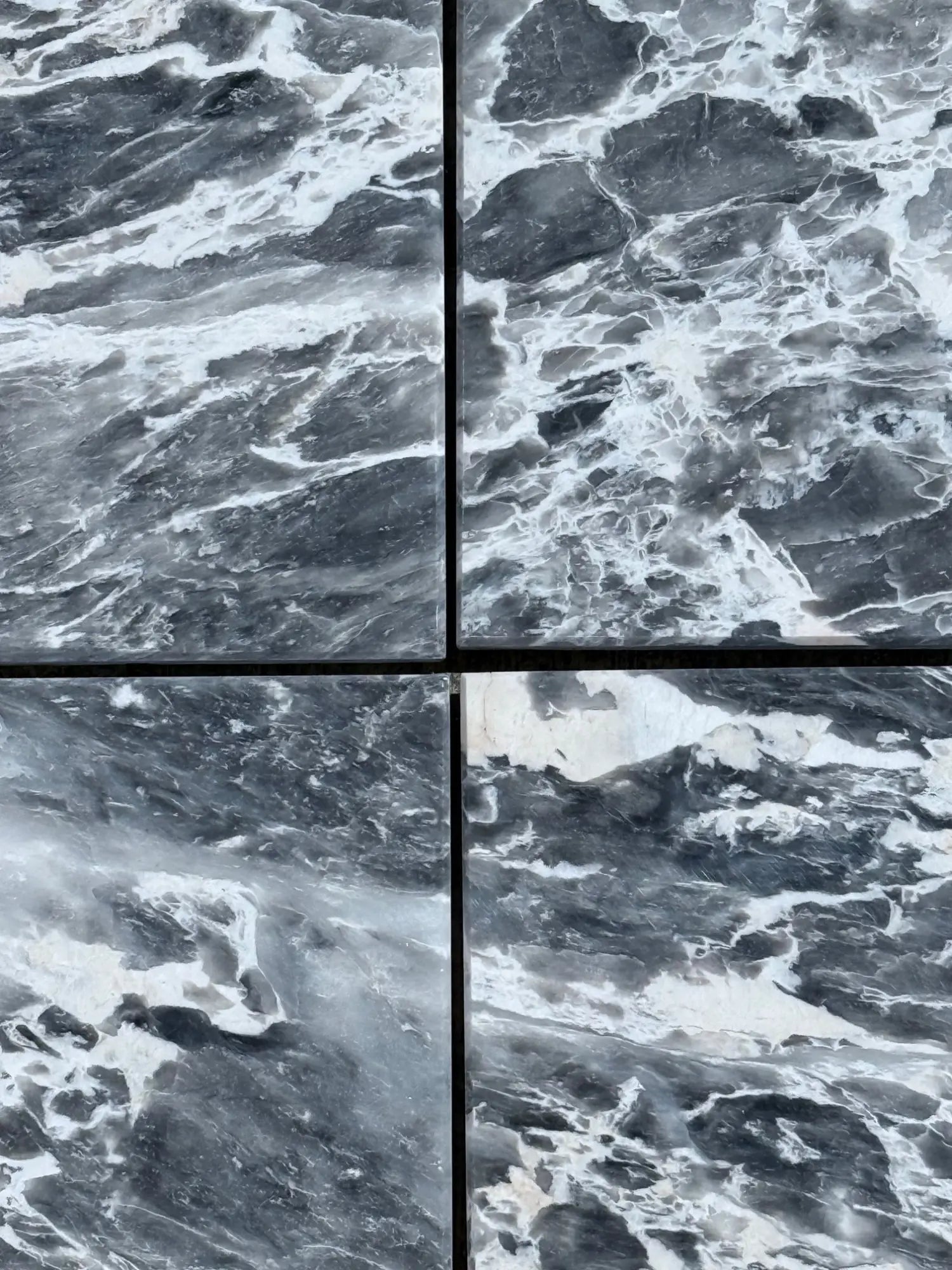 Storm Gray Marble
Storm Gray Marble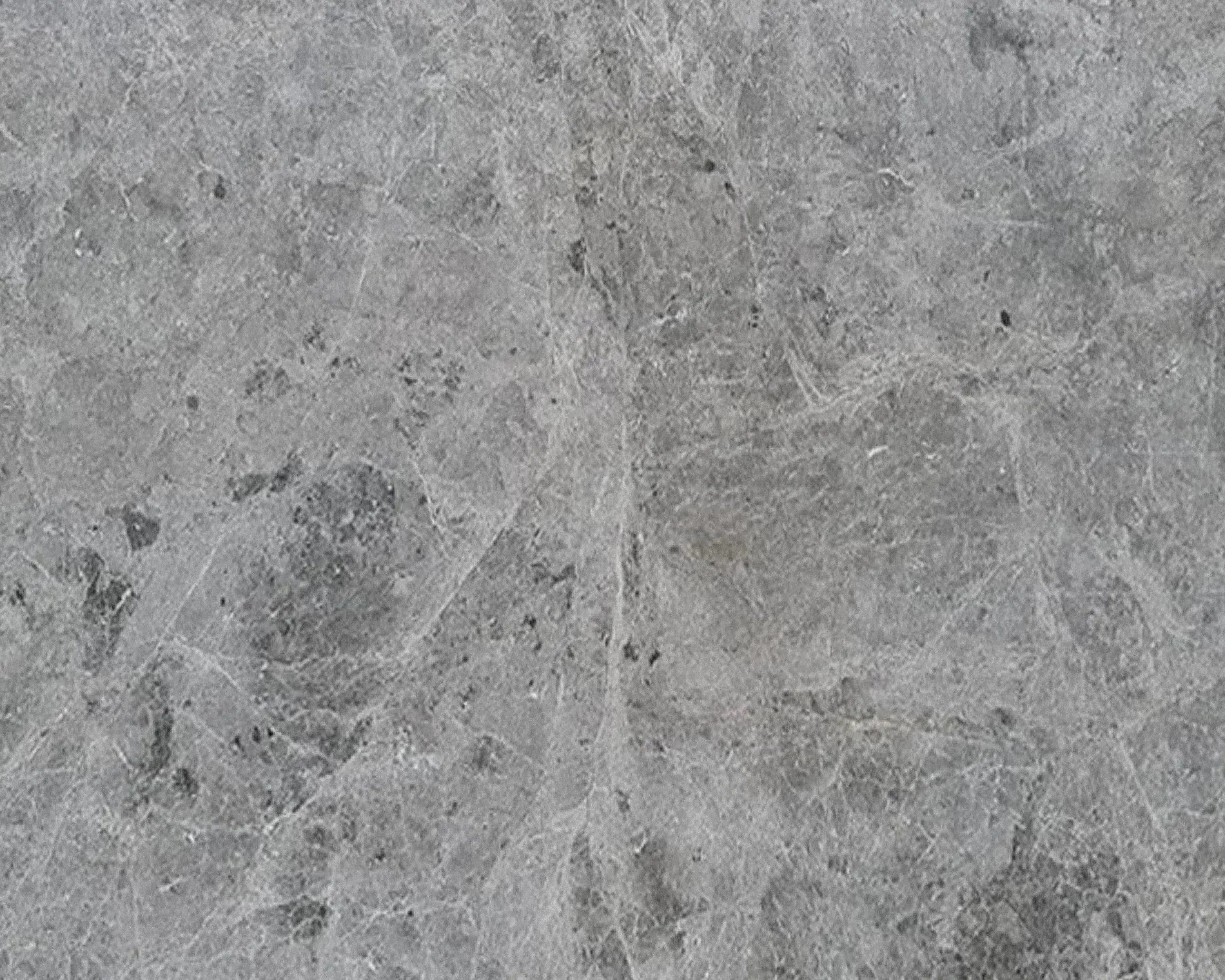 Tundra Gray (Atlantic Gray) Marble
Tundra Gray (Atlantic Gray) Marble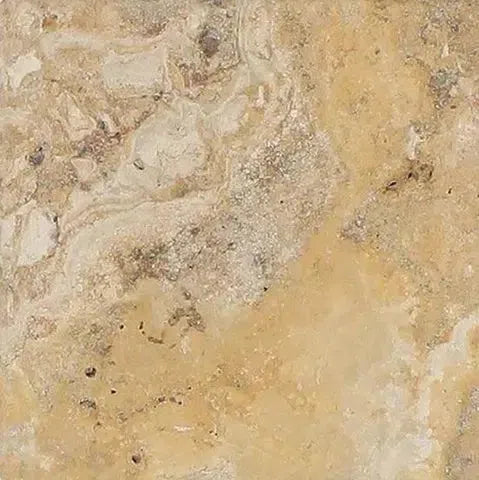 Valencia Travertine
Valencia Travertine Valerenga Travertine
Valerenga Travertine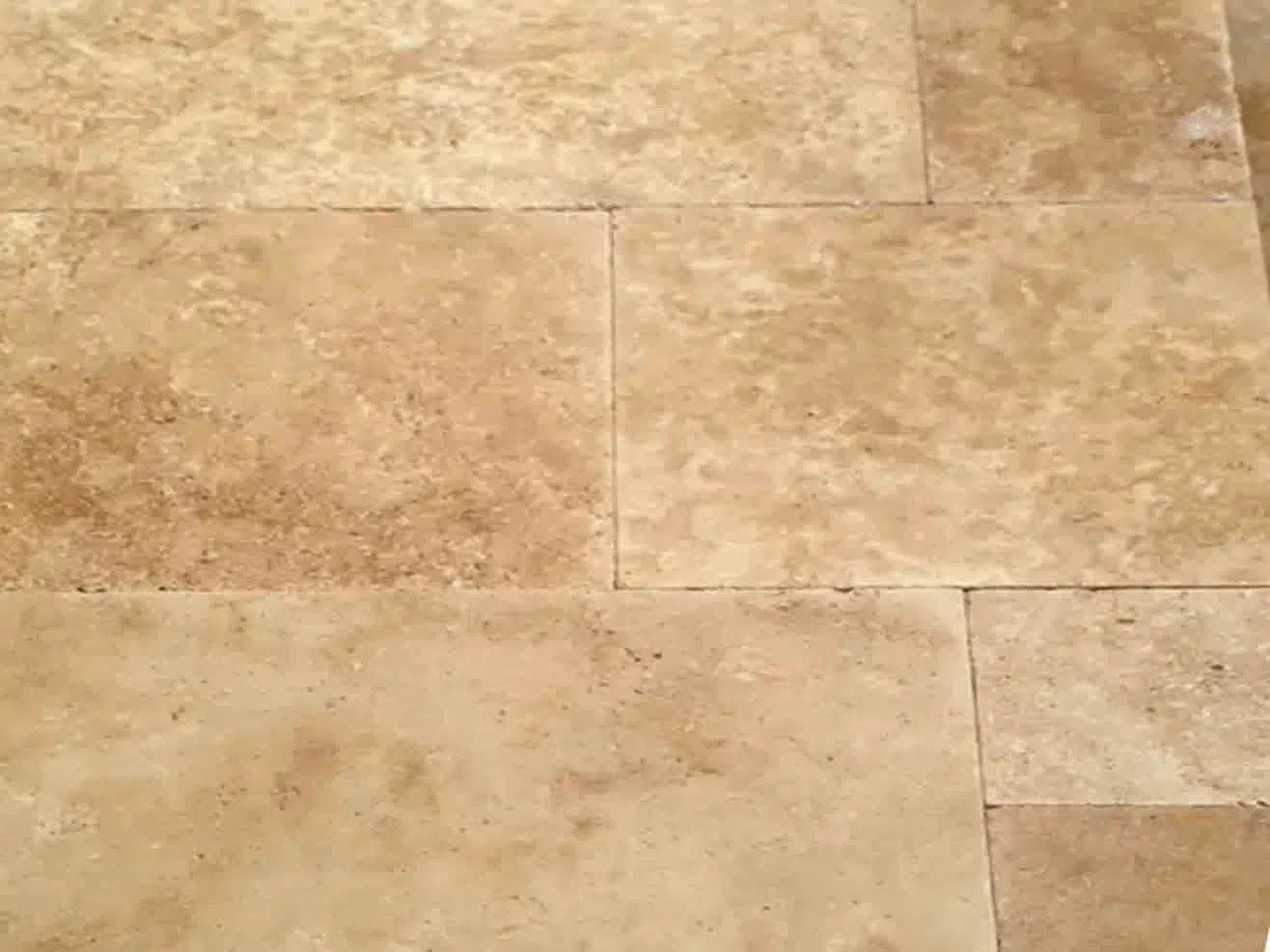 Walnut Travertine
Walnut Travertine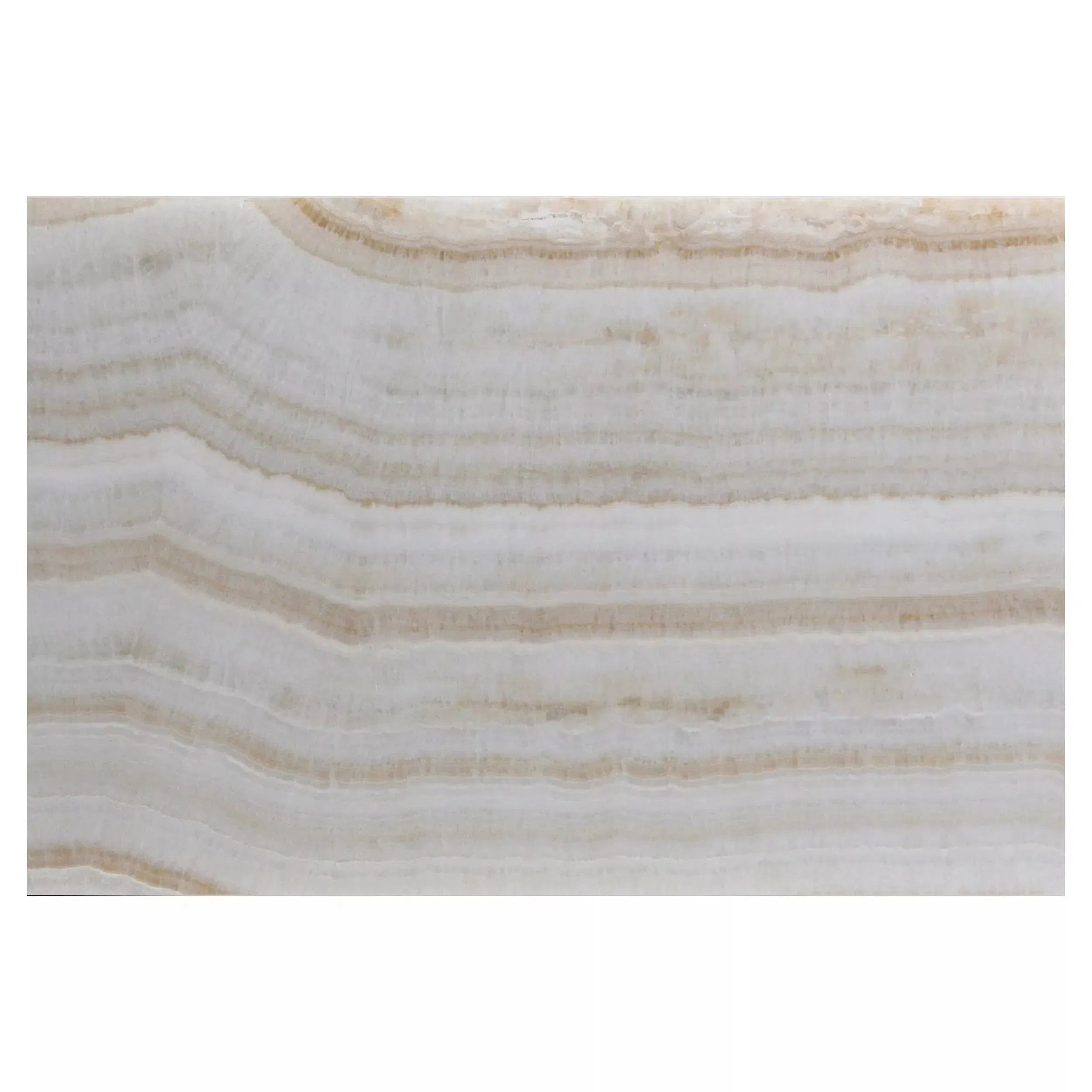 White Onyx Marble
White Onyx Marble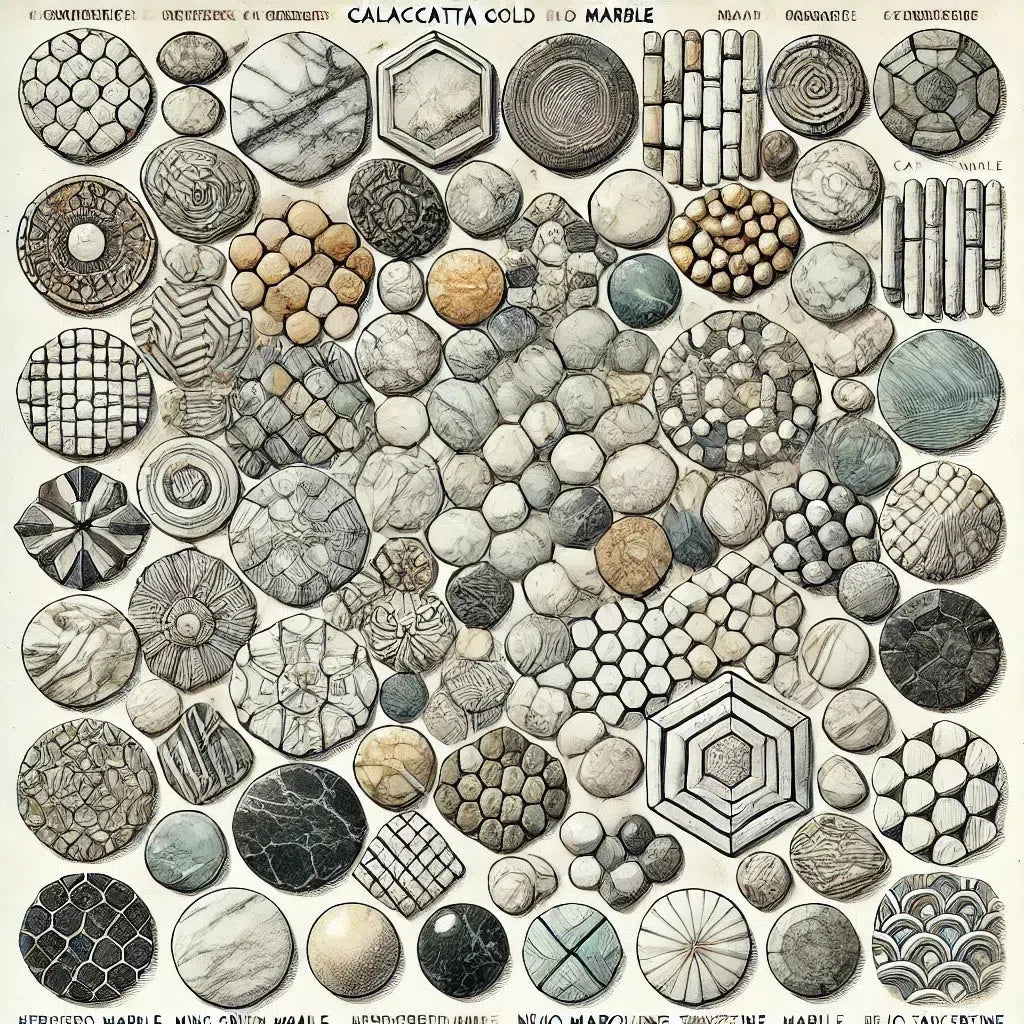 Shop By Type
Shop By Type
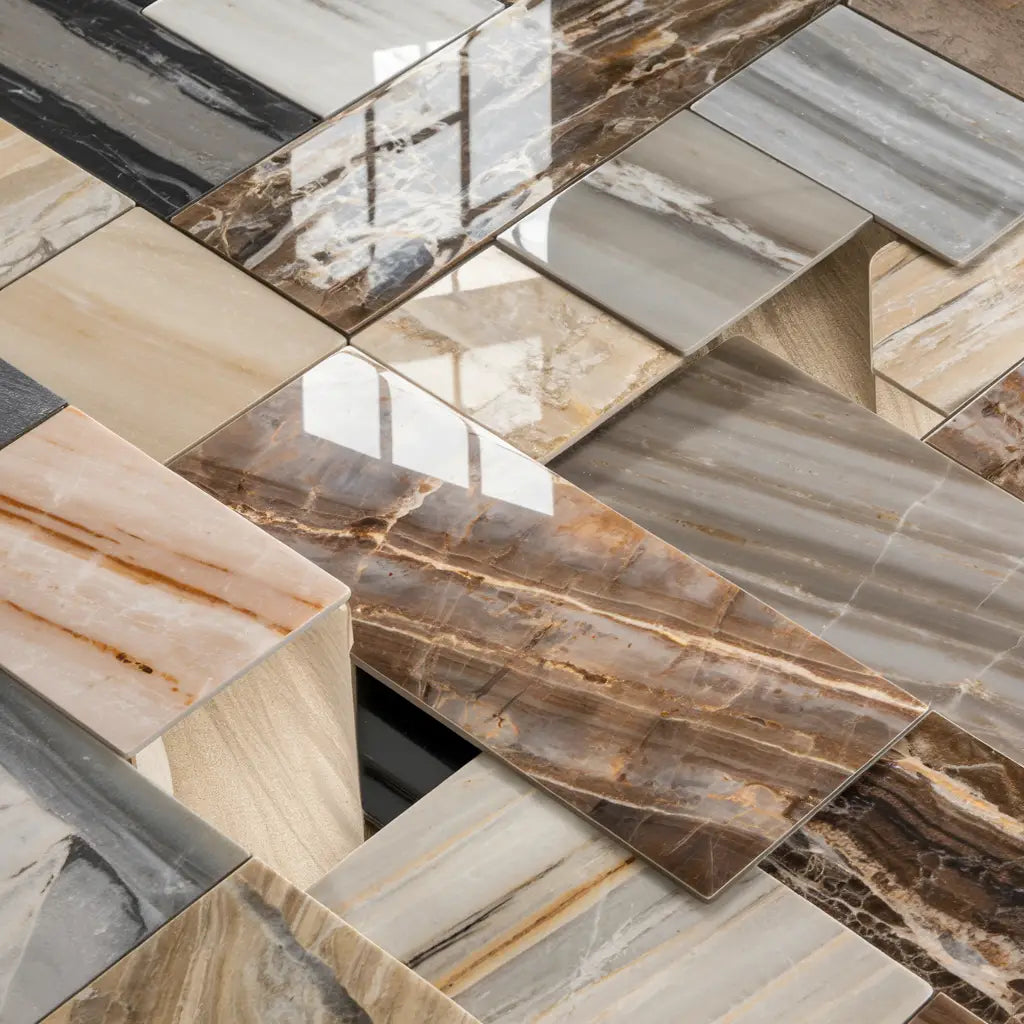 Marble Tiles
Marble Tiles Marble Mosaic
Marble Mosaic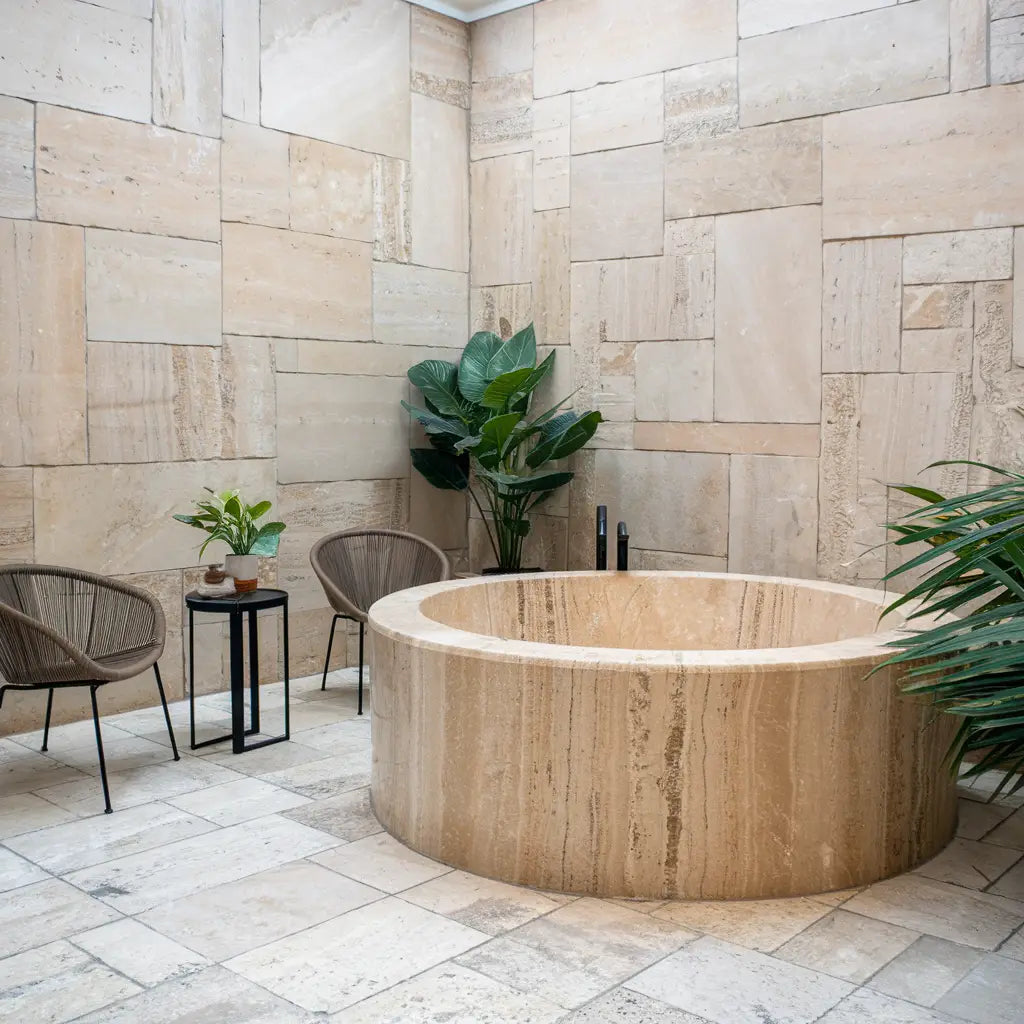 Travertine Tiles
Travertine Tiles Travertine Mosaic
Travertine Mosaic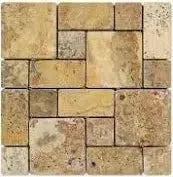 4 pcs Versailles Pattern / French Pattern Set
4 pcs Versailles Pattern / French Pattern Set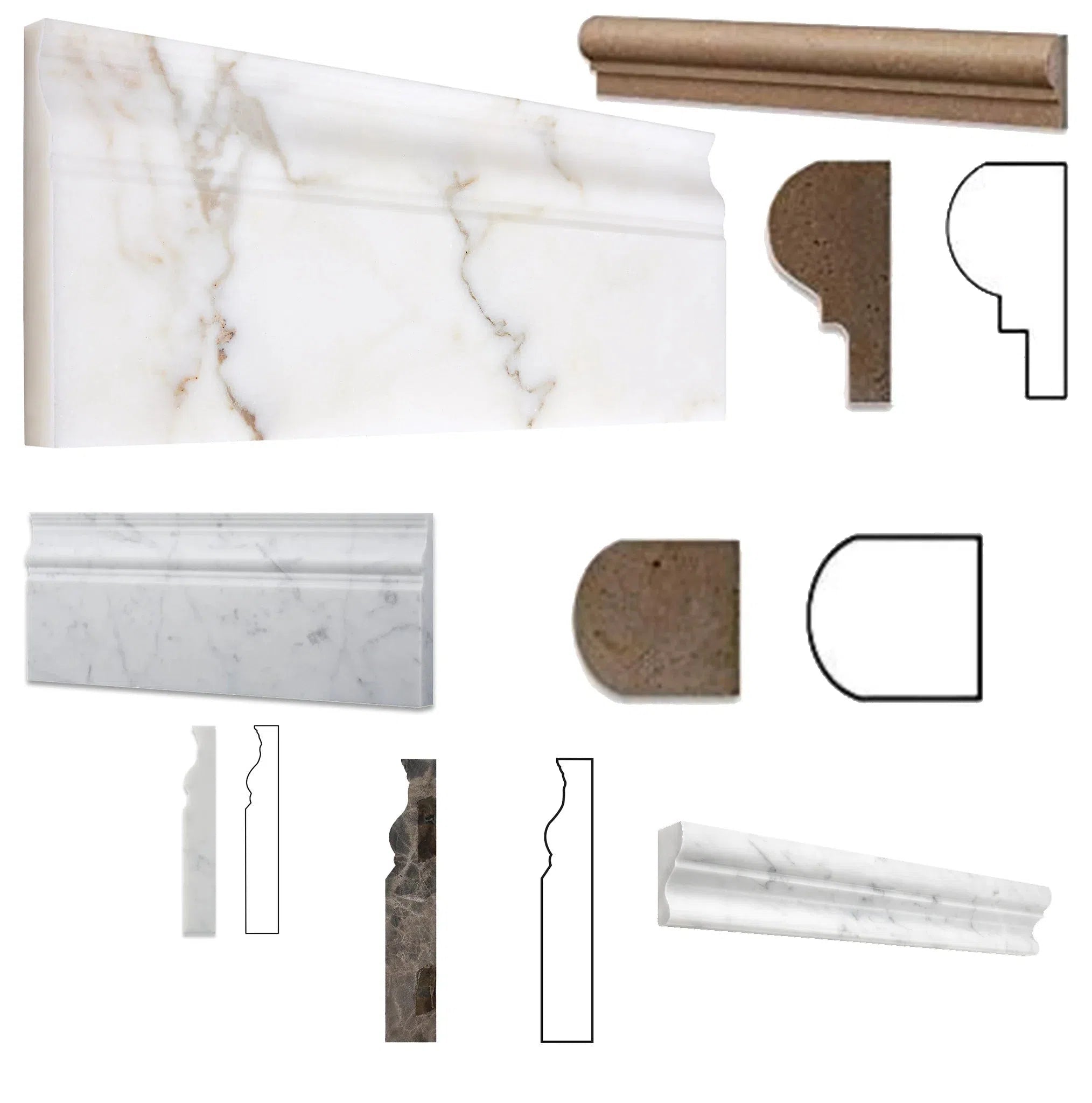 Molding/Trim
Molding/Trim Border/Listello
Border/Listello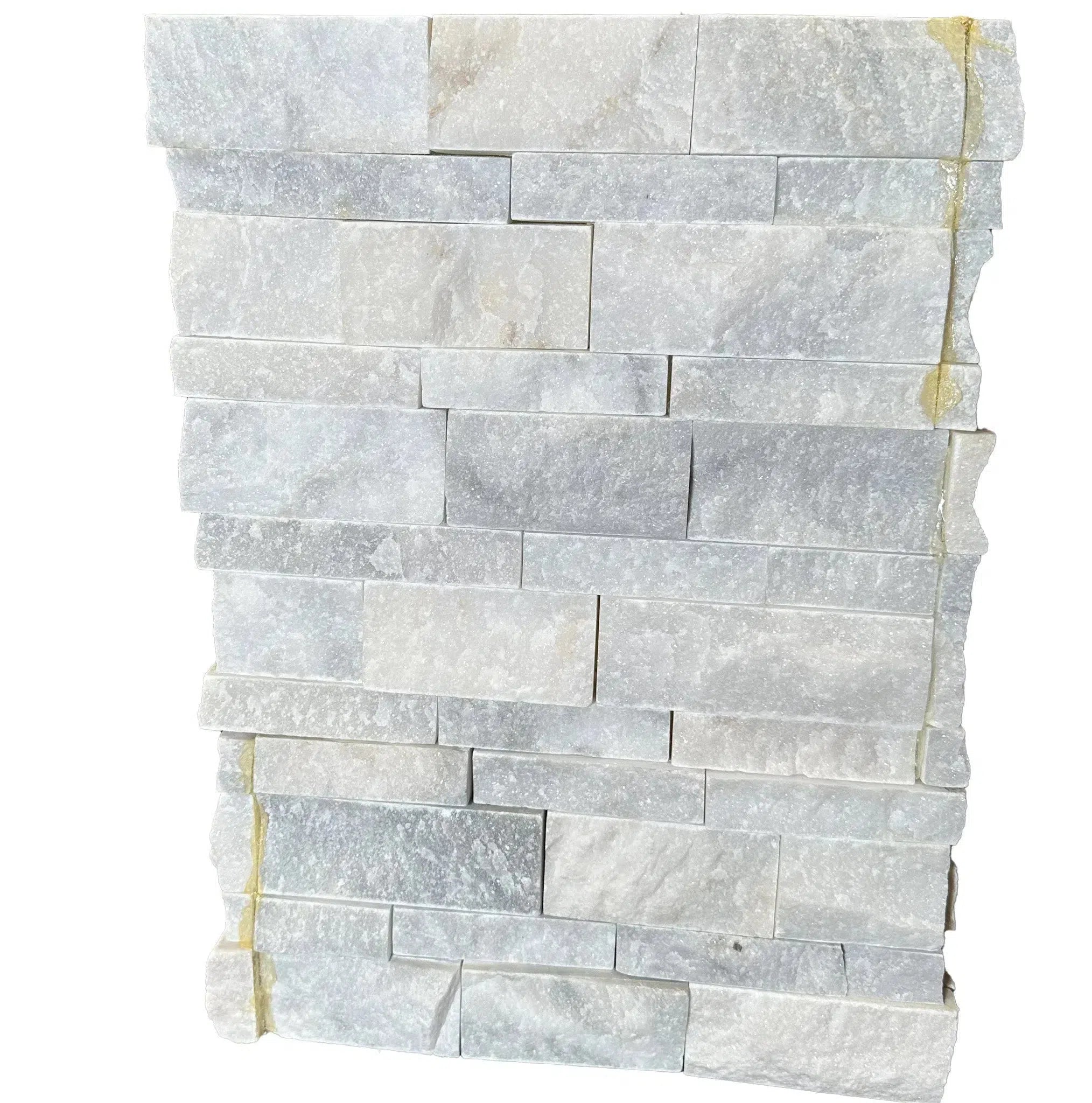 Ledger-Panel
Ledger-Panel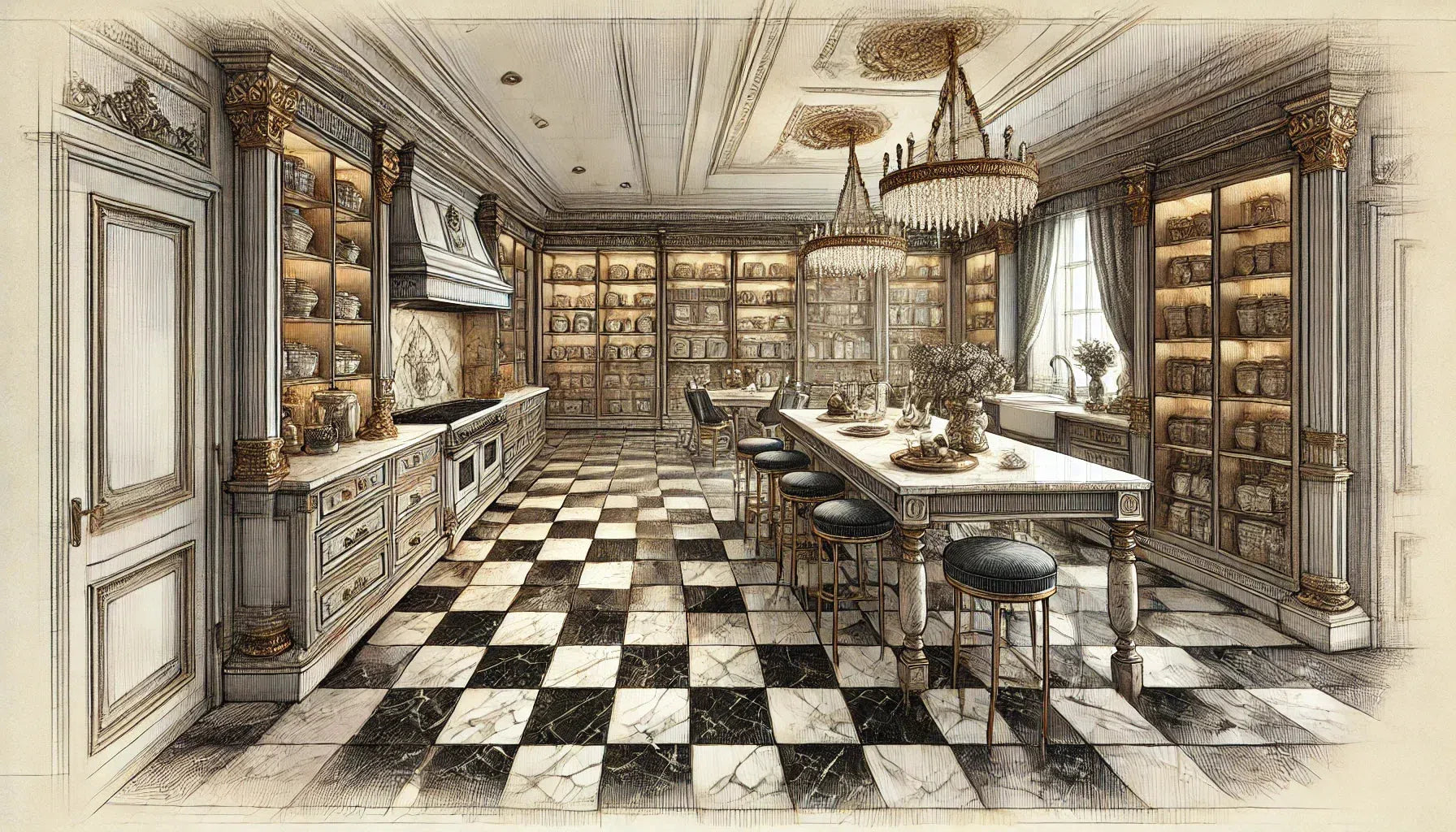 Checkerboard
Checkerboard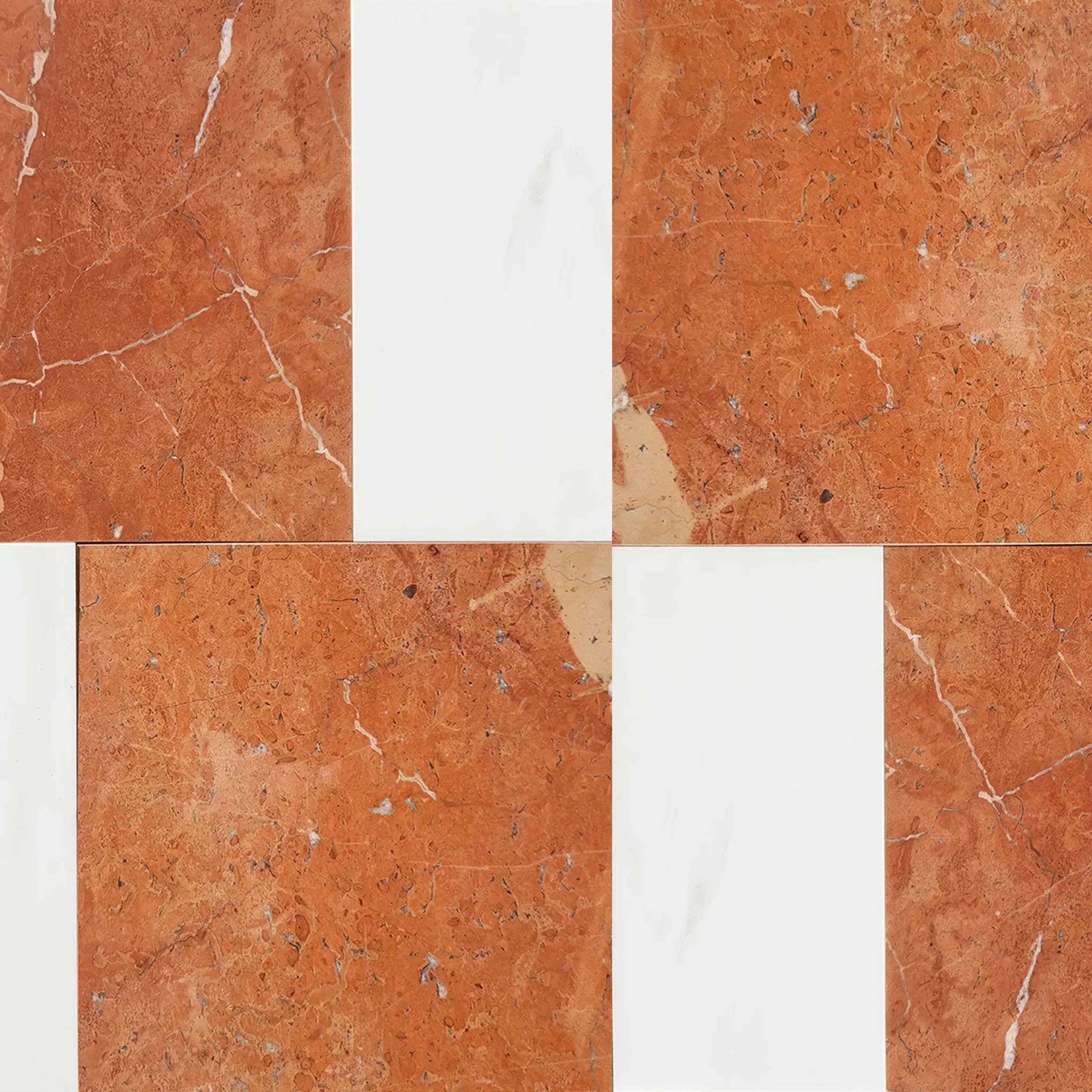 Patterned Tile Collection
Patterned Tile Collection 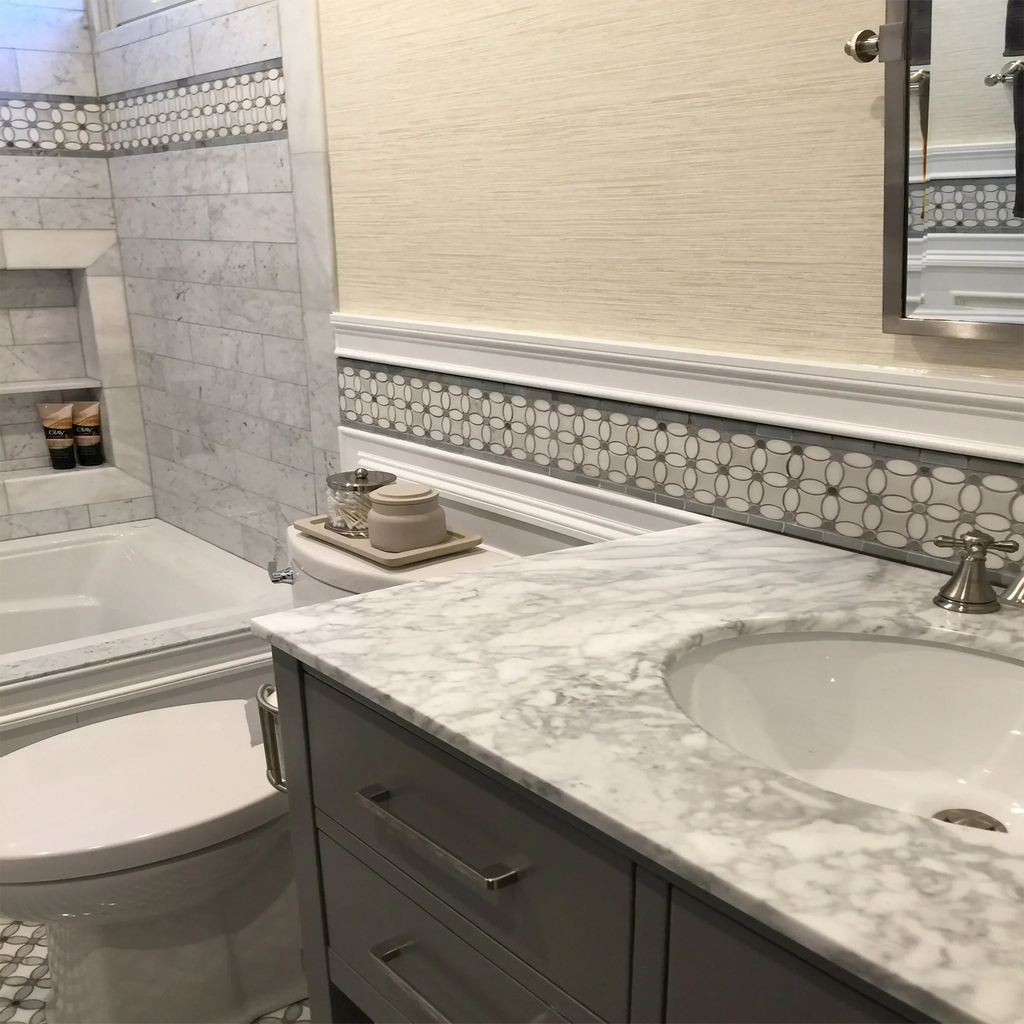 Shop By Finish
Shop By Finish
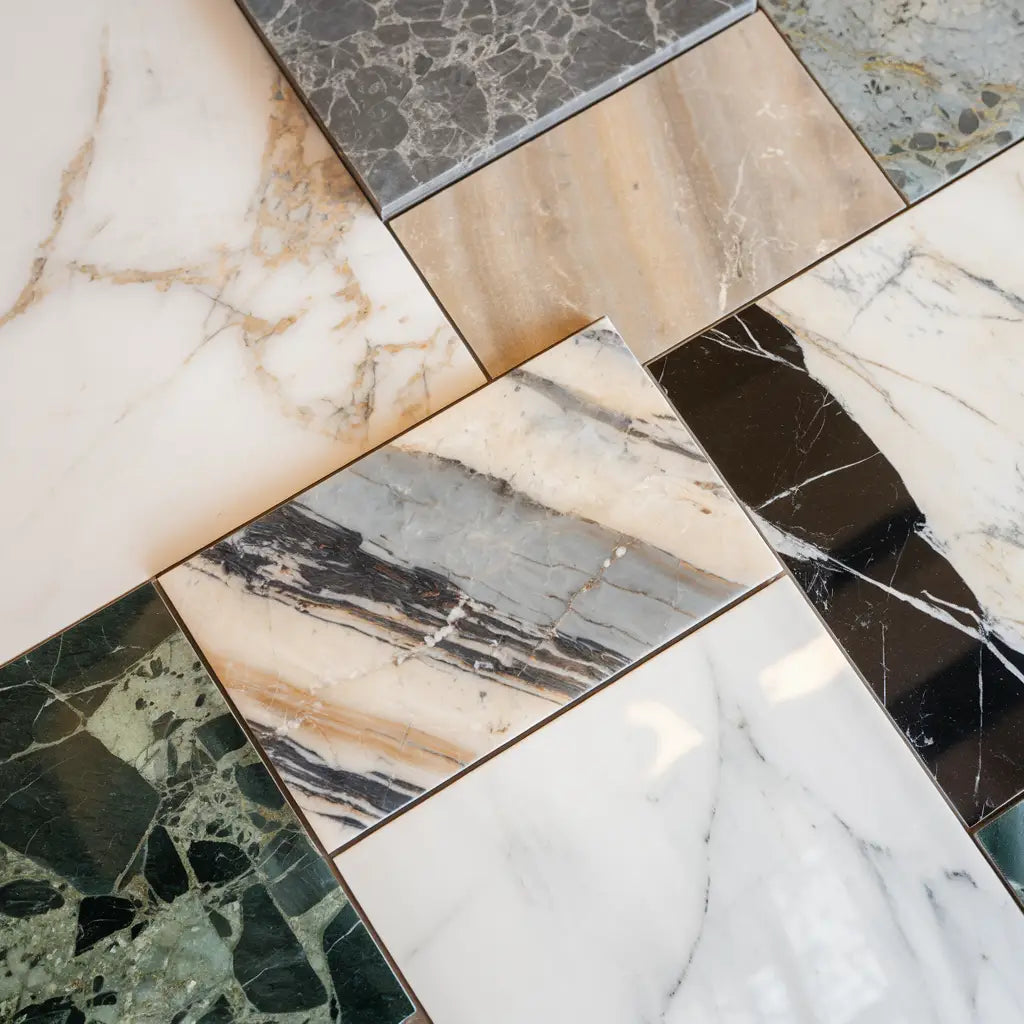 Polished
Polished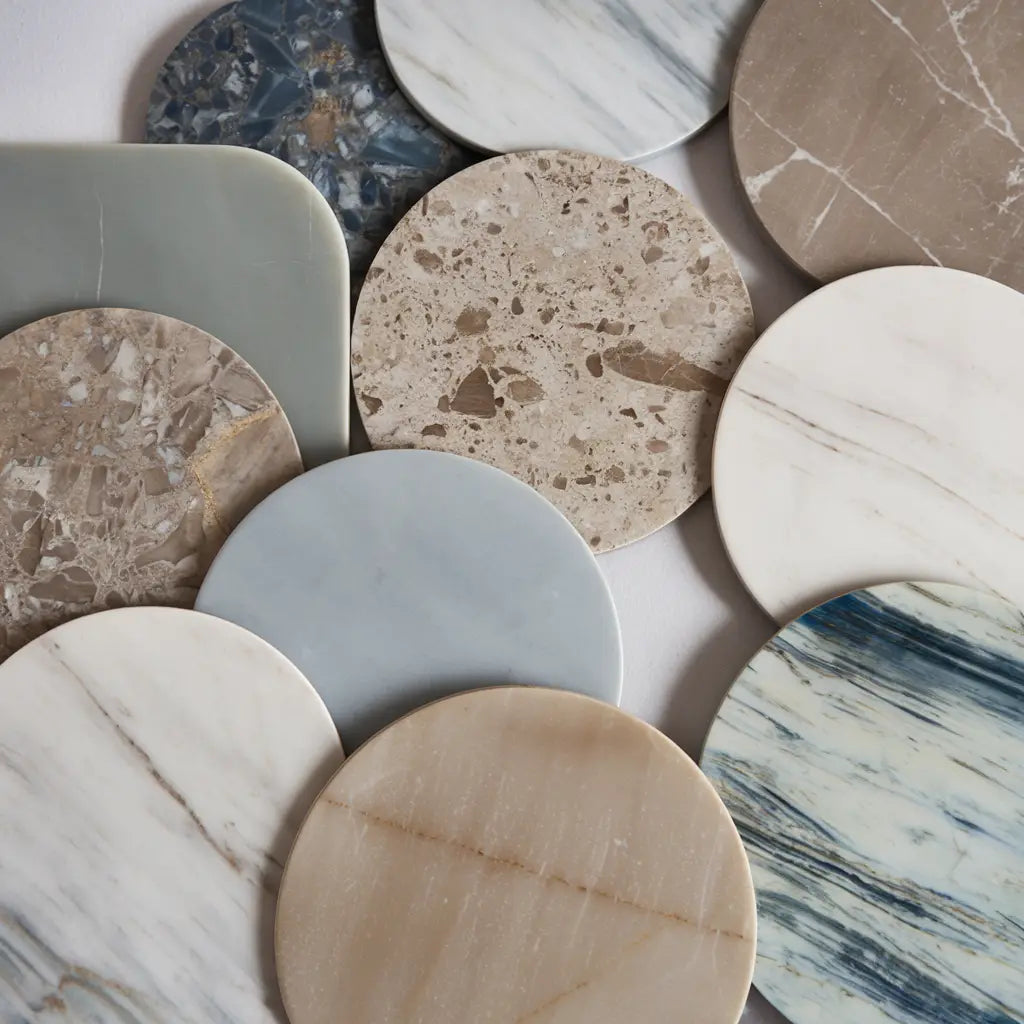 Honed
Honed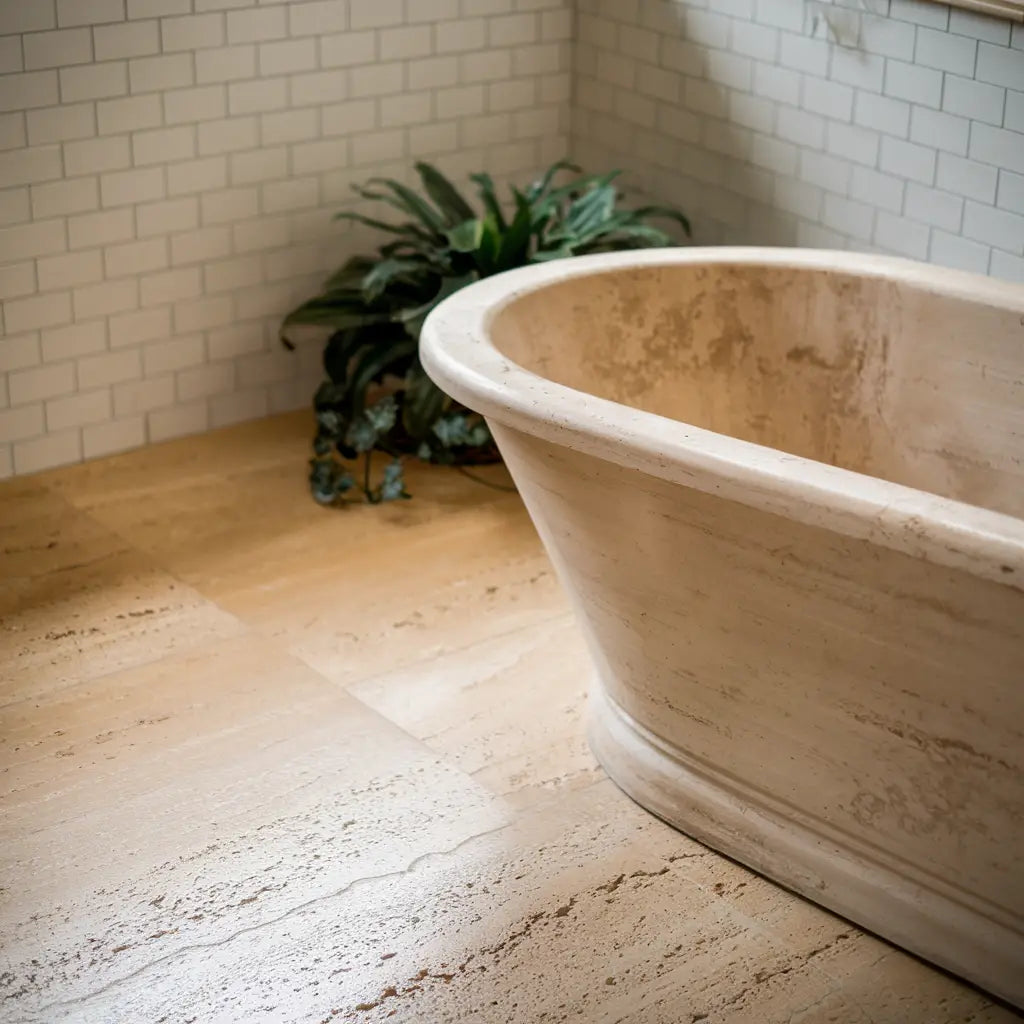 Brushed
Brushed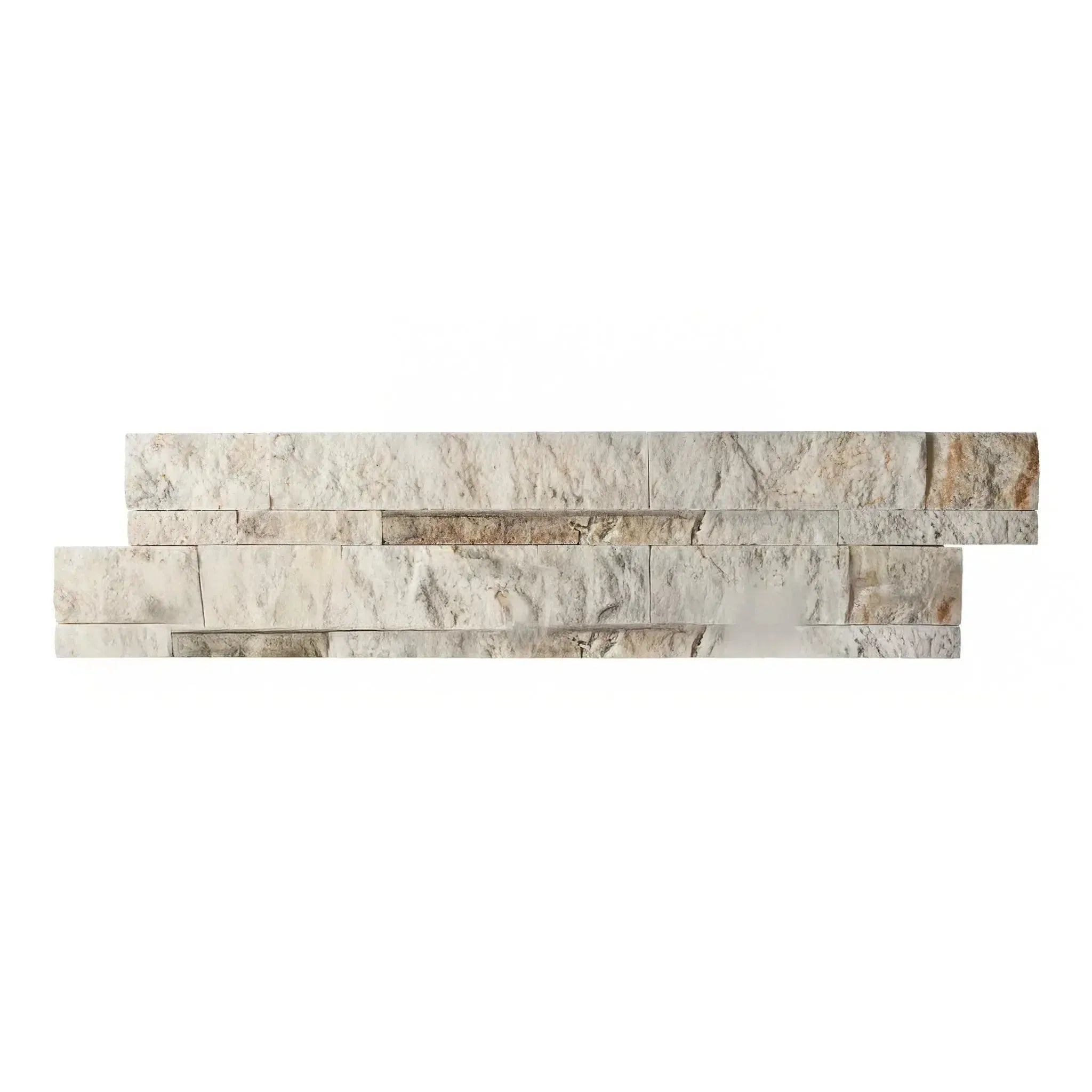 Split Face
Split Face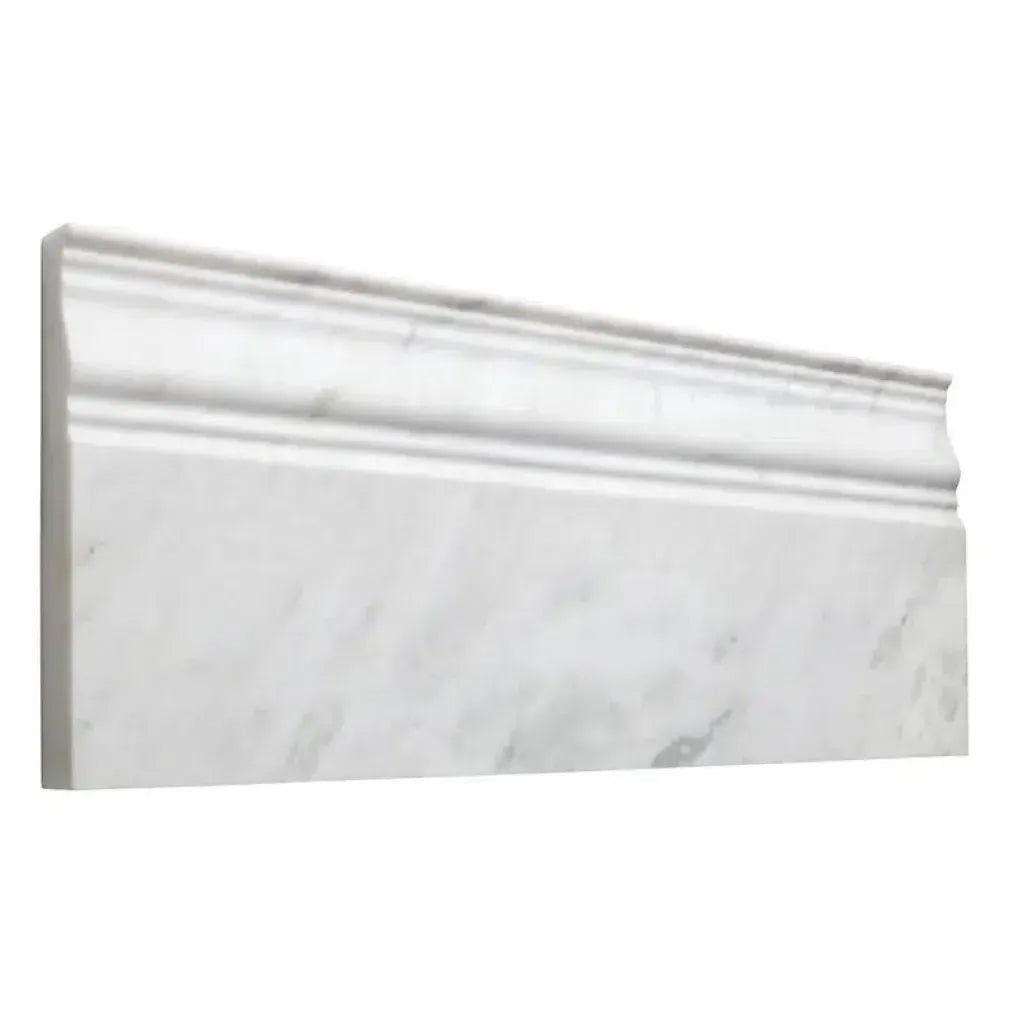 Textured
Textured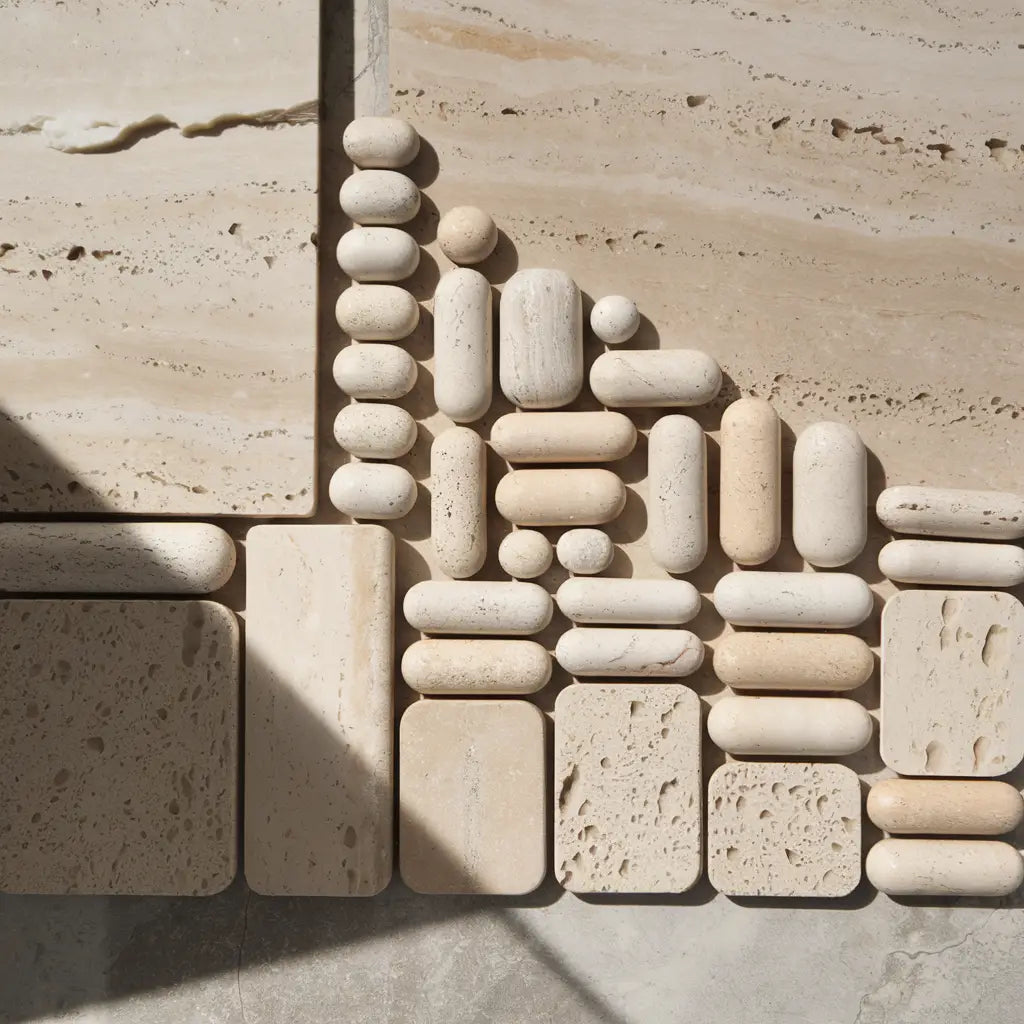 Tumbled
Tumbled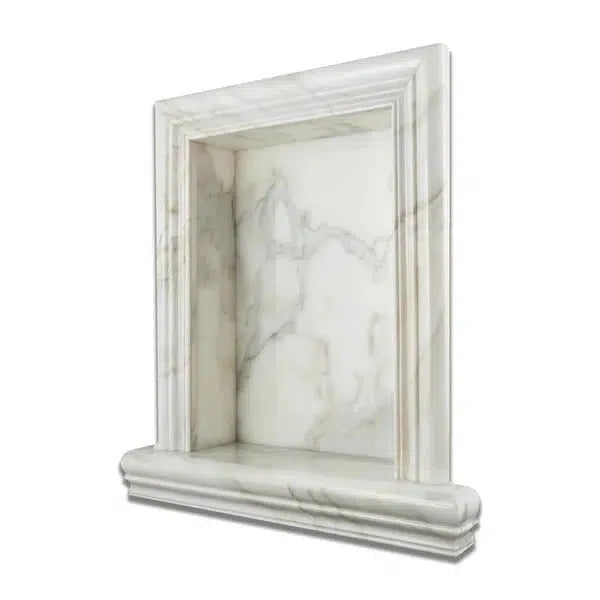 Accessories
Accessories
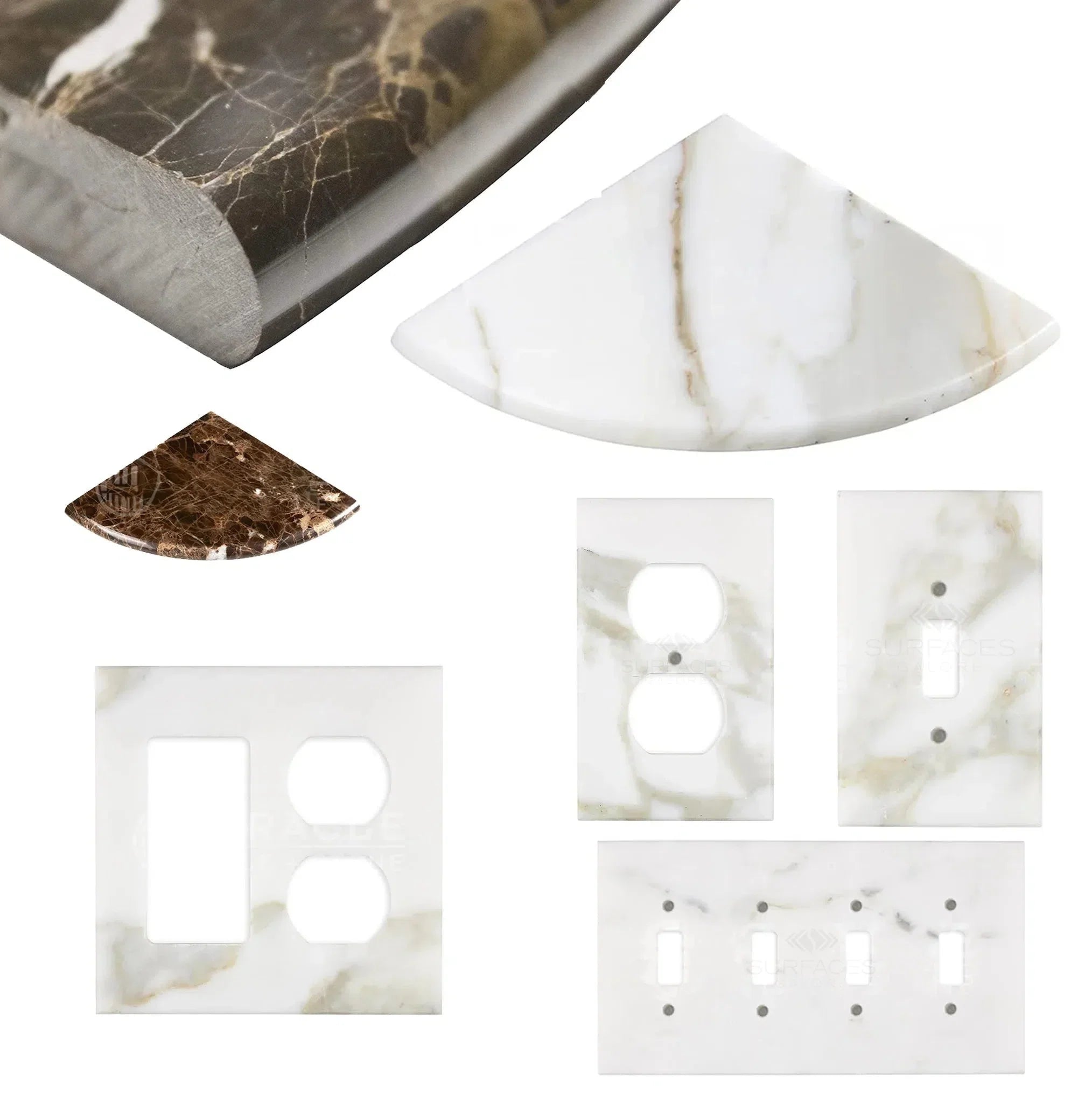 Wall Plate / Switch Plate
Wall Plate / Switch Plate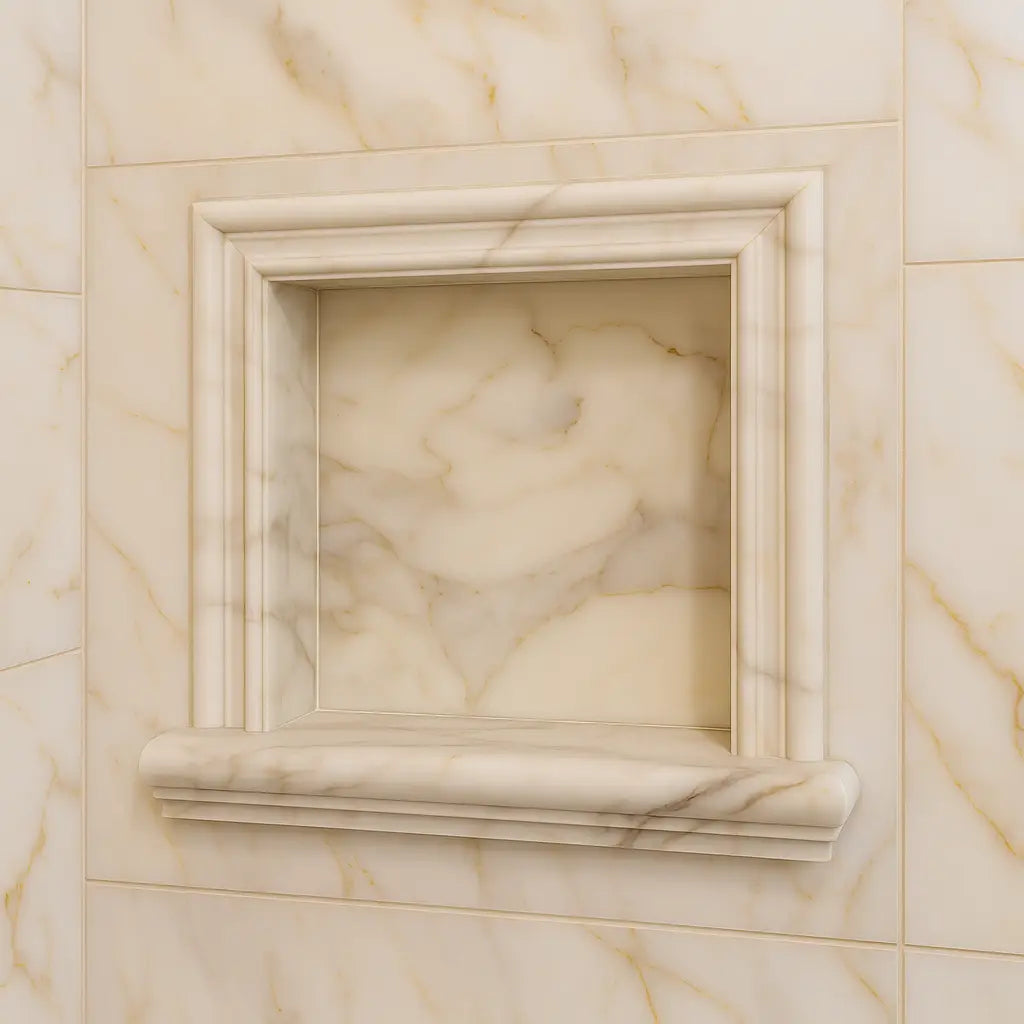 Shampoo Niche
Shampoo Niche Corner Shelf
Corner Shelf Clearance
Clearance





Leave a comment